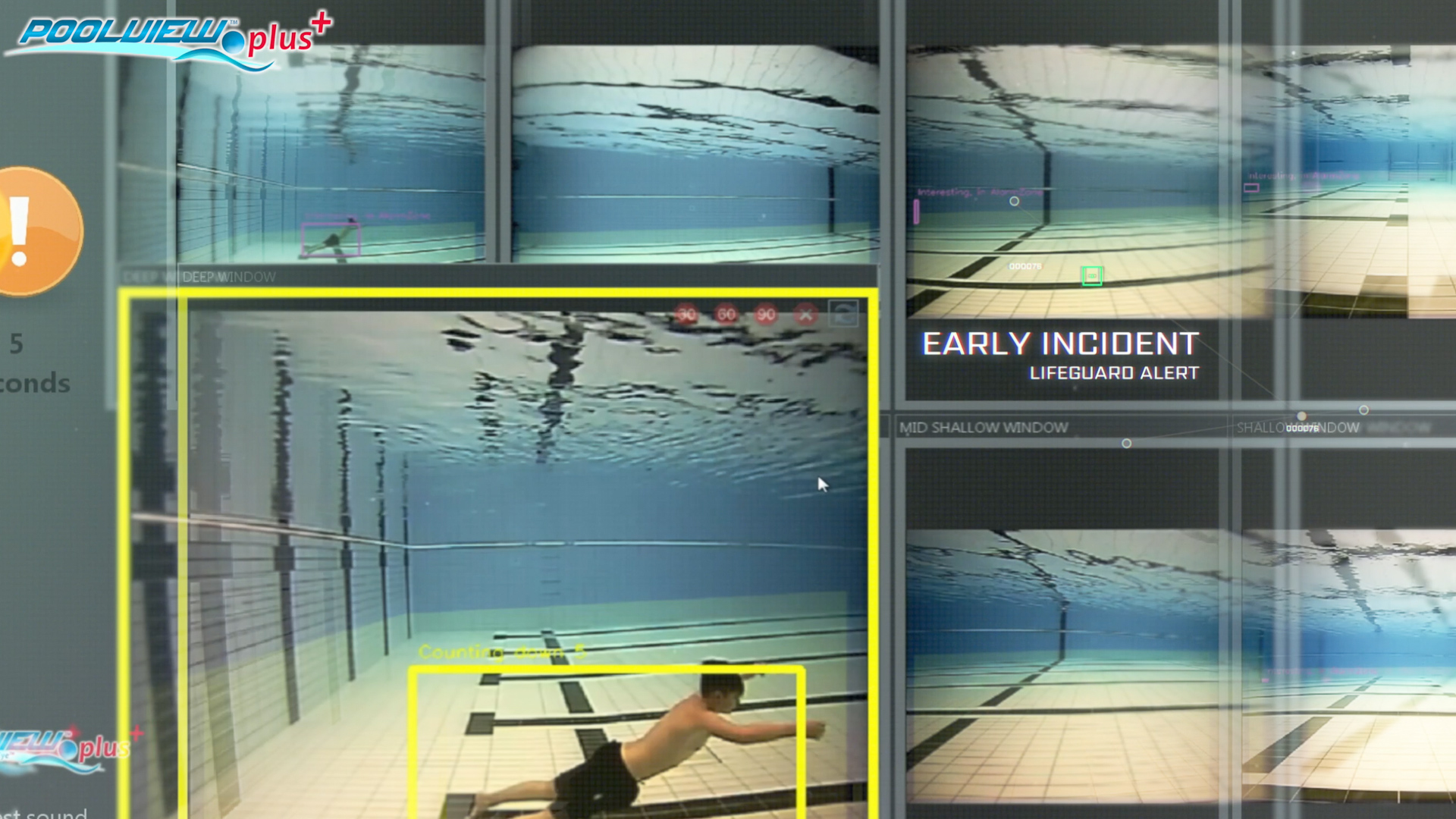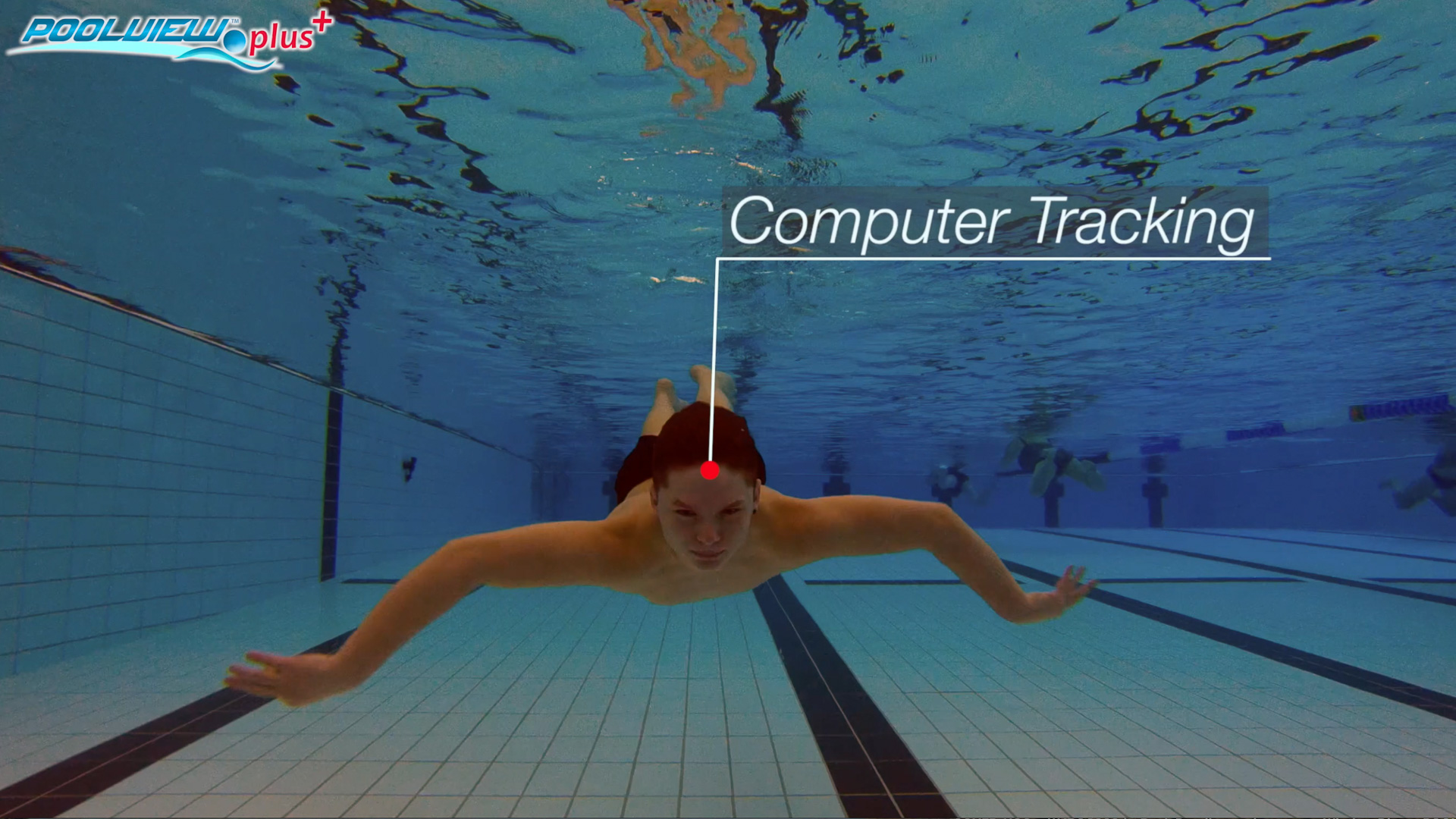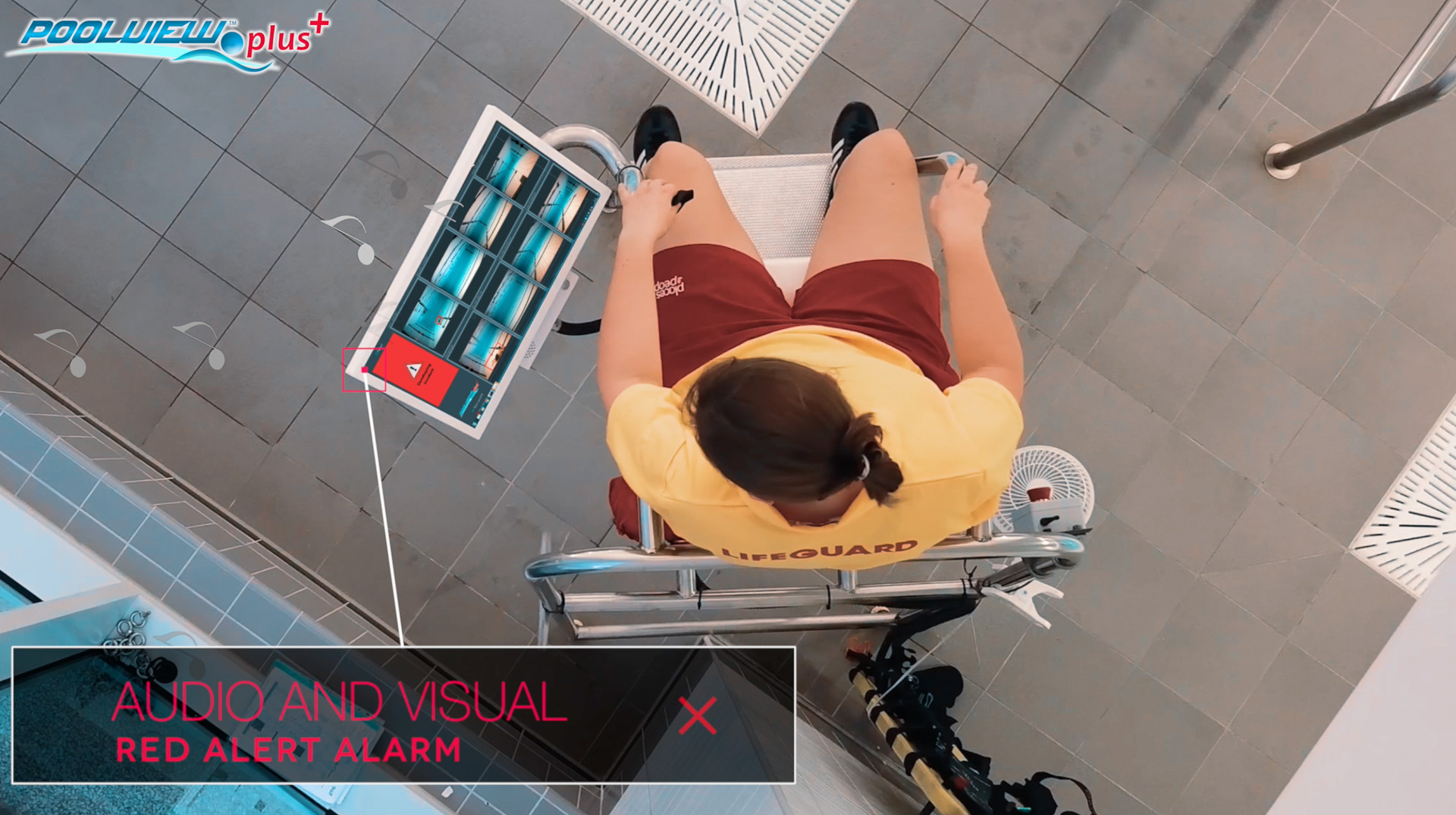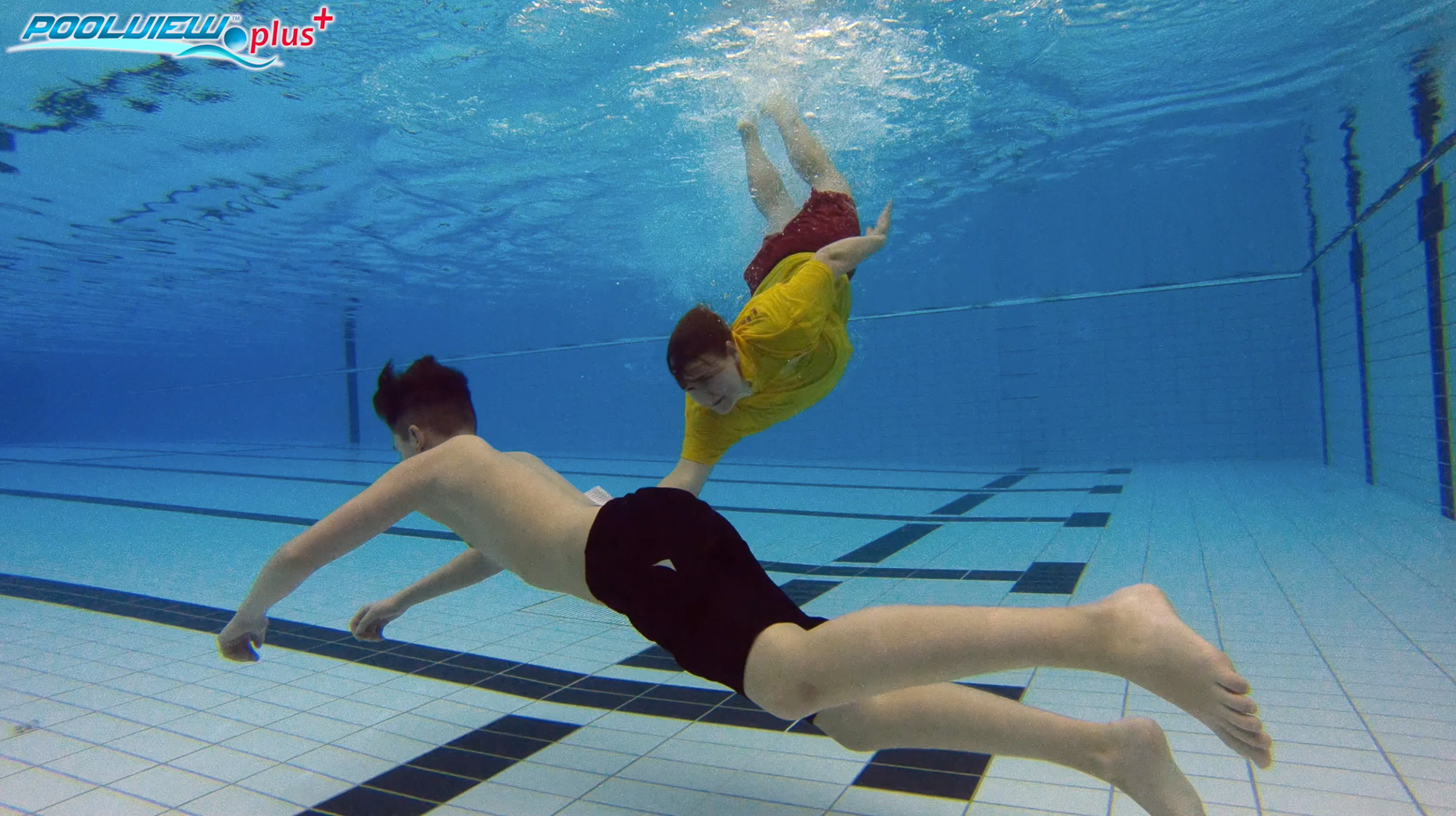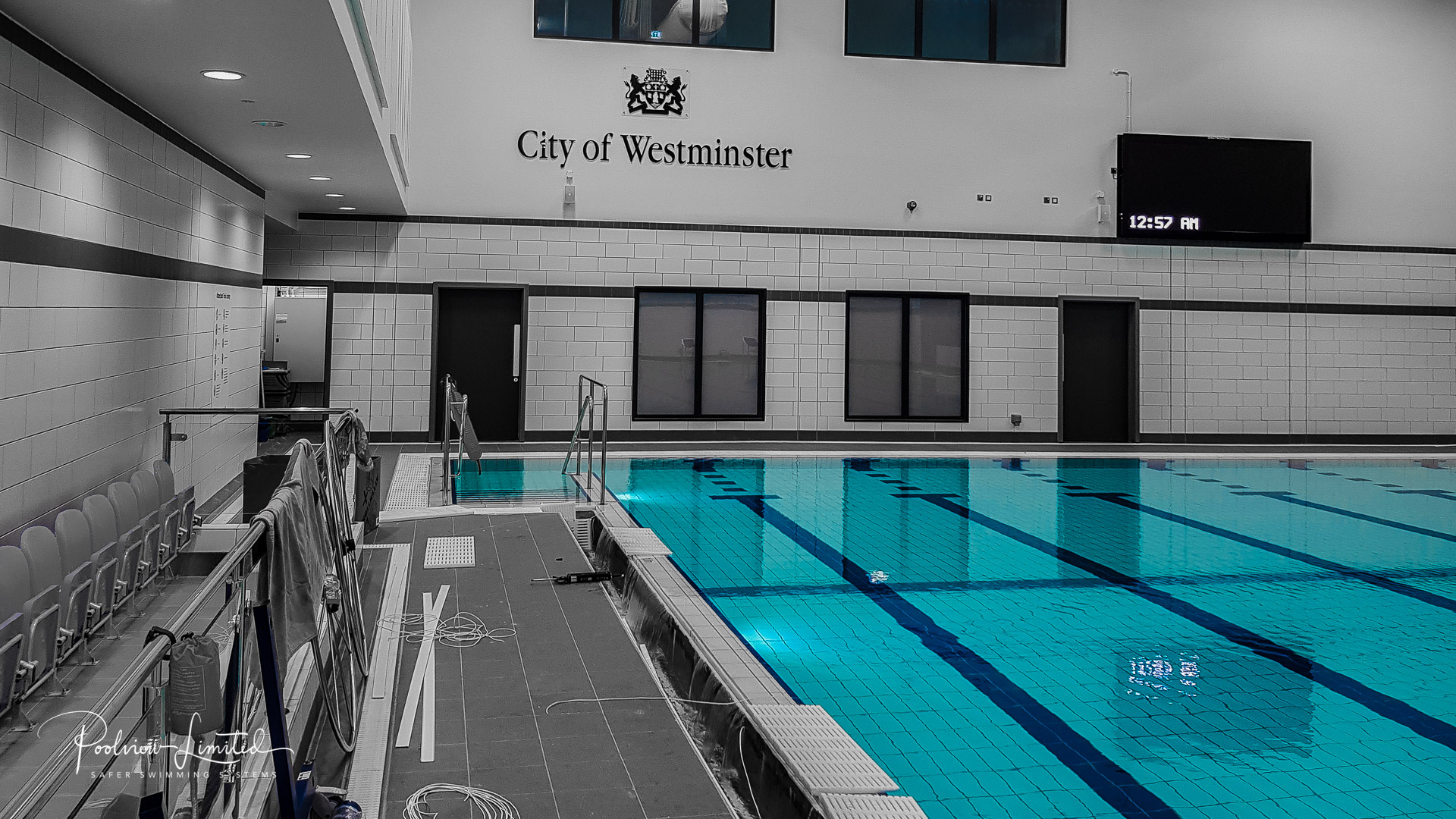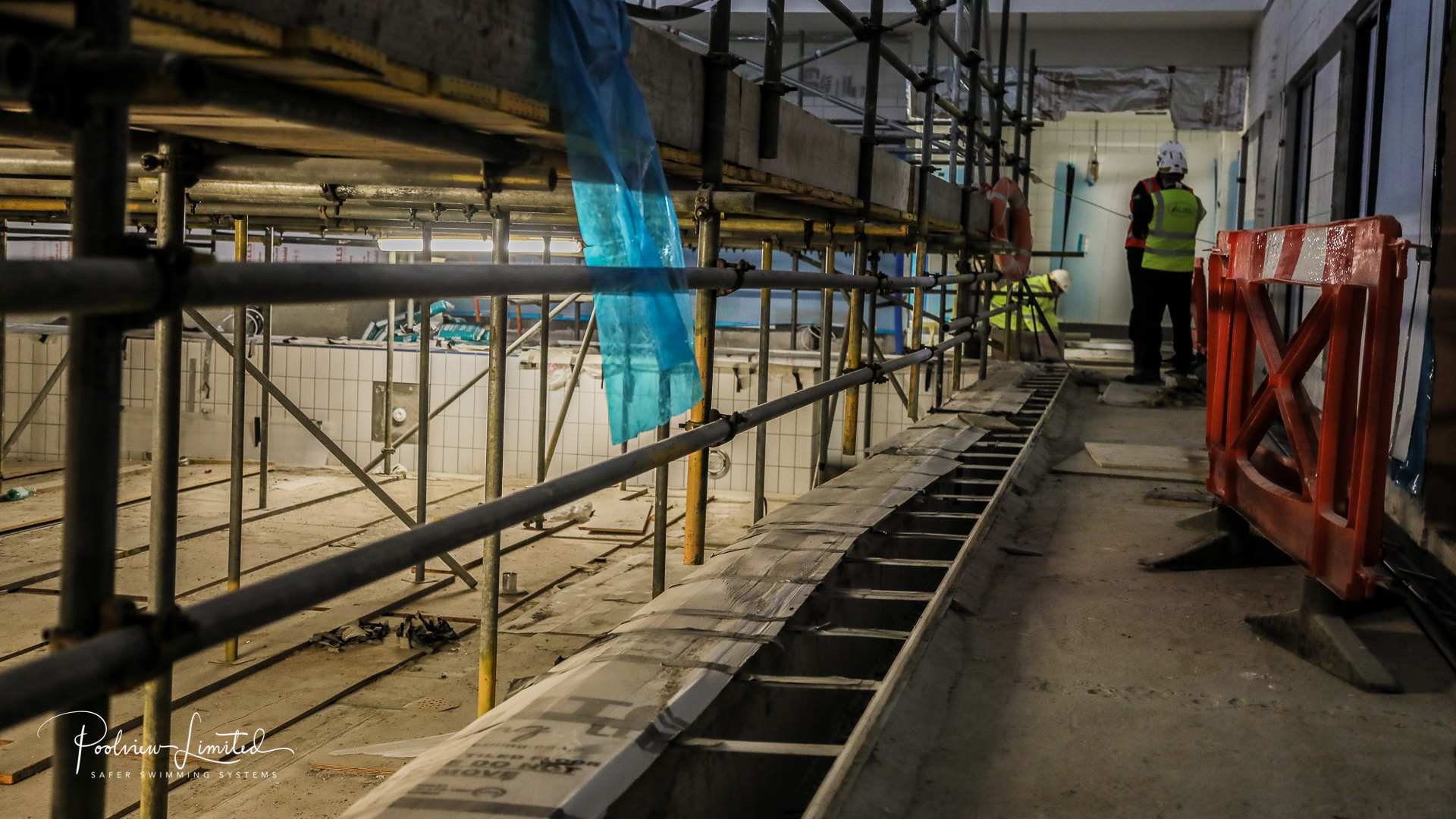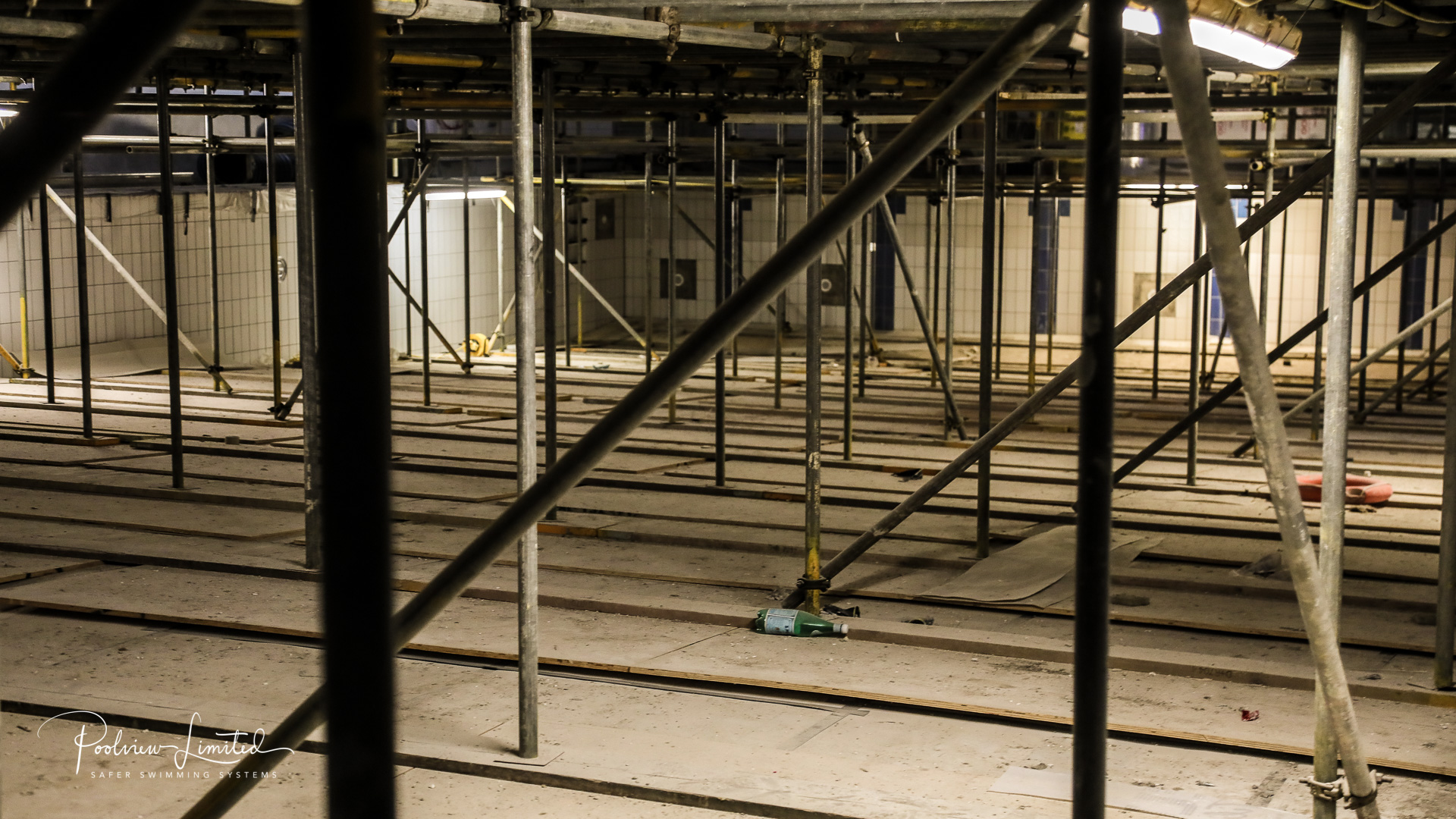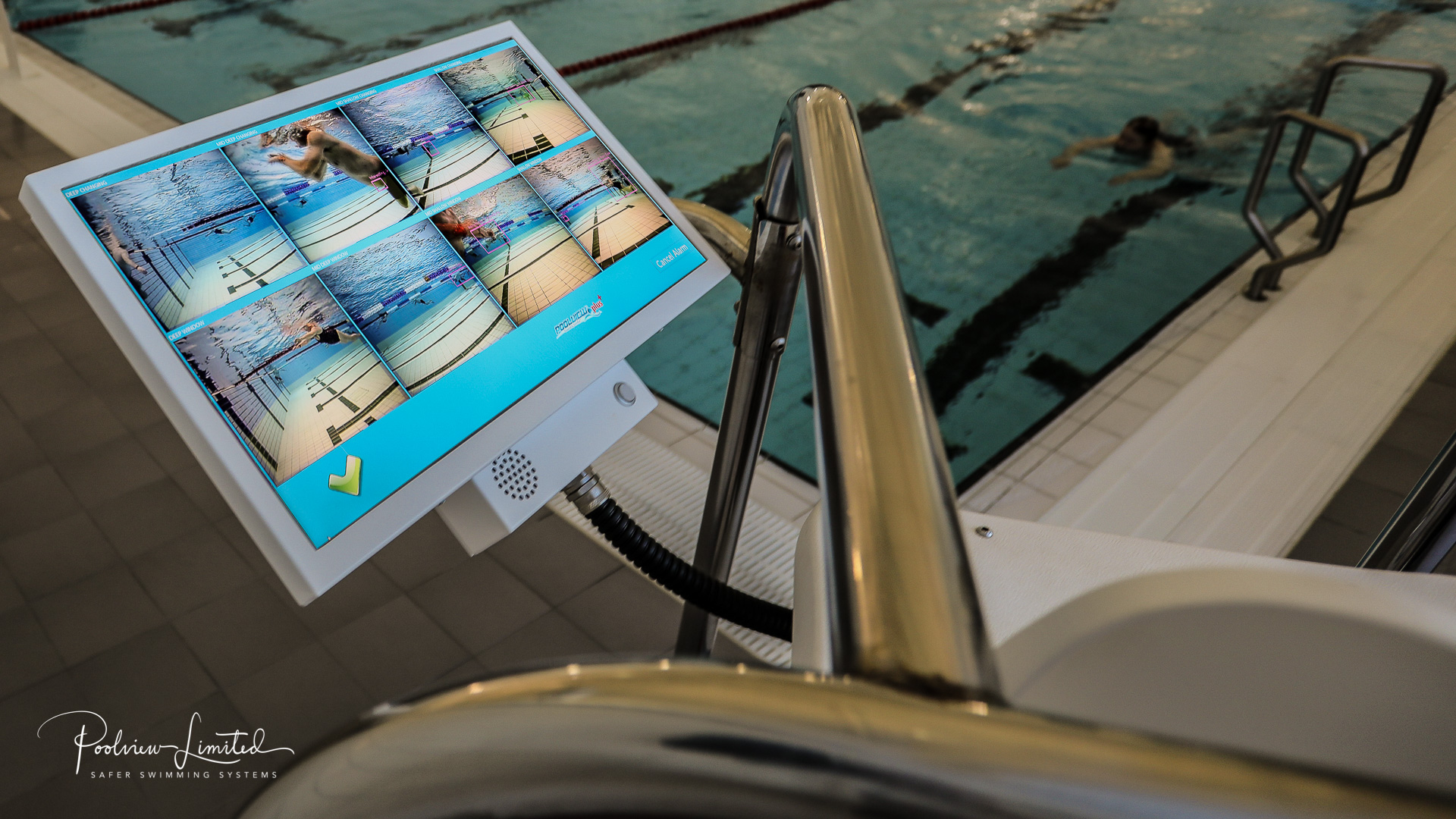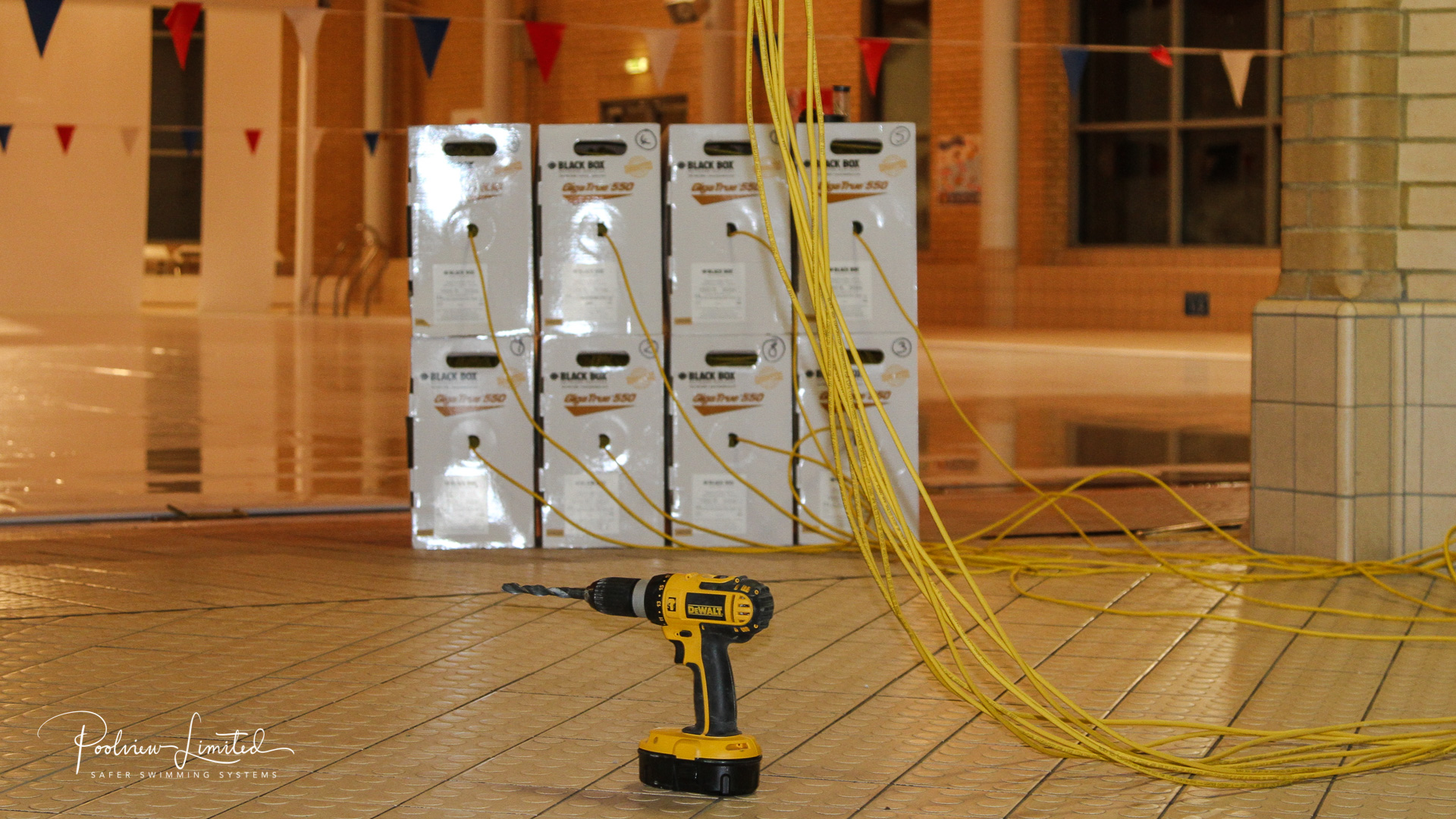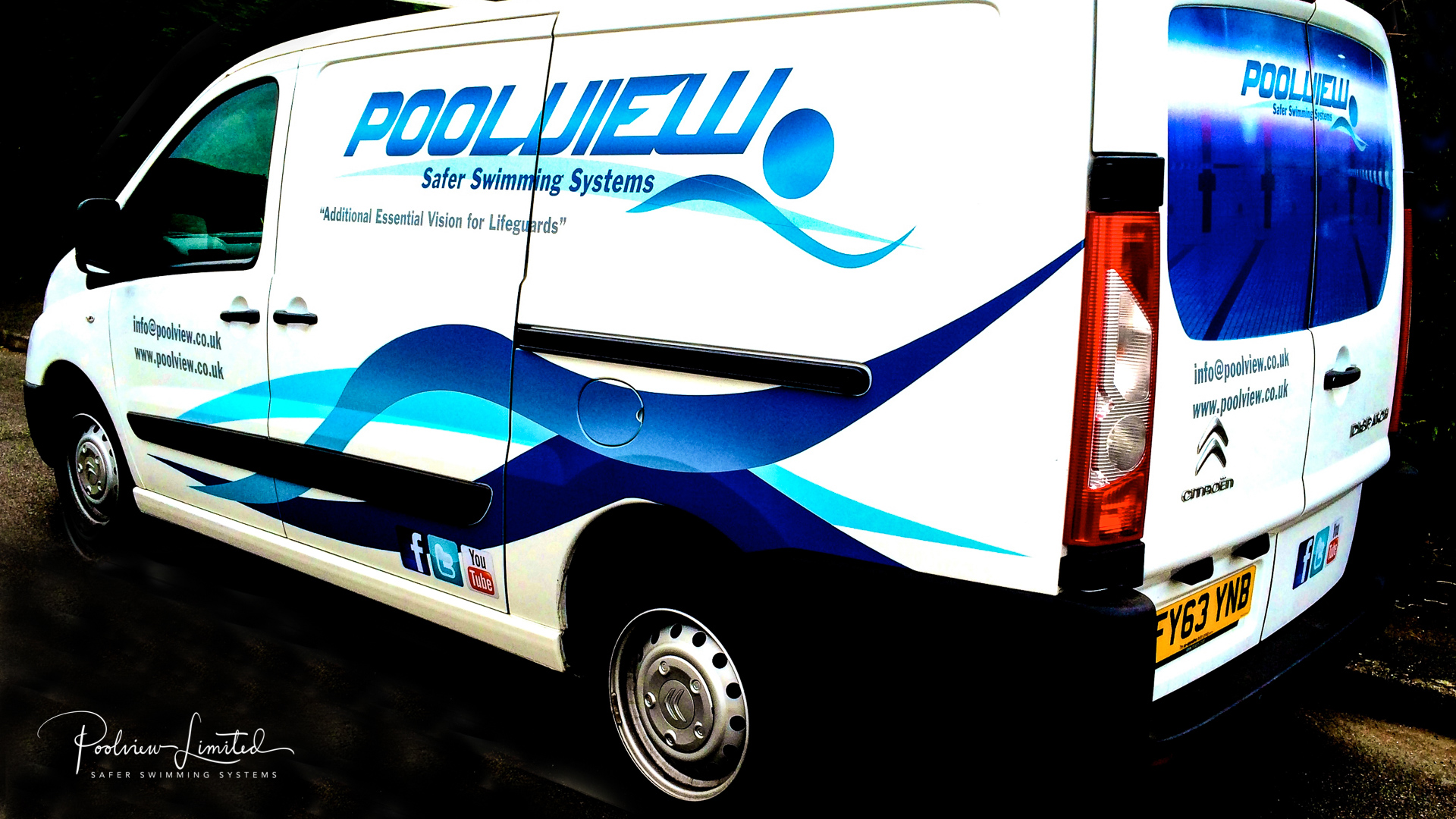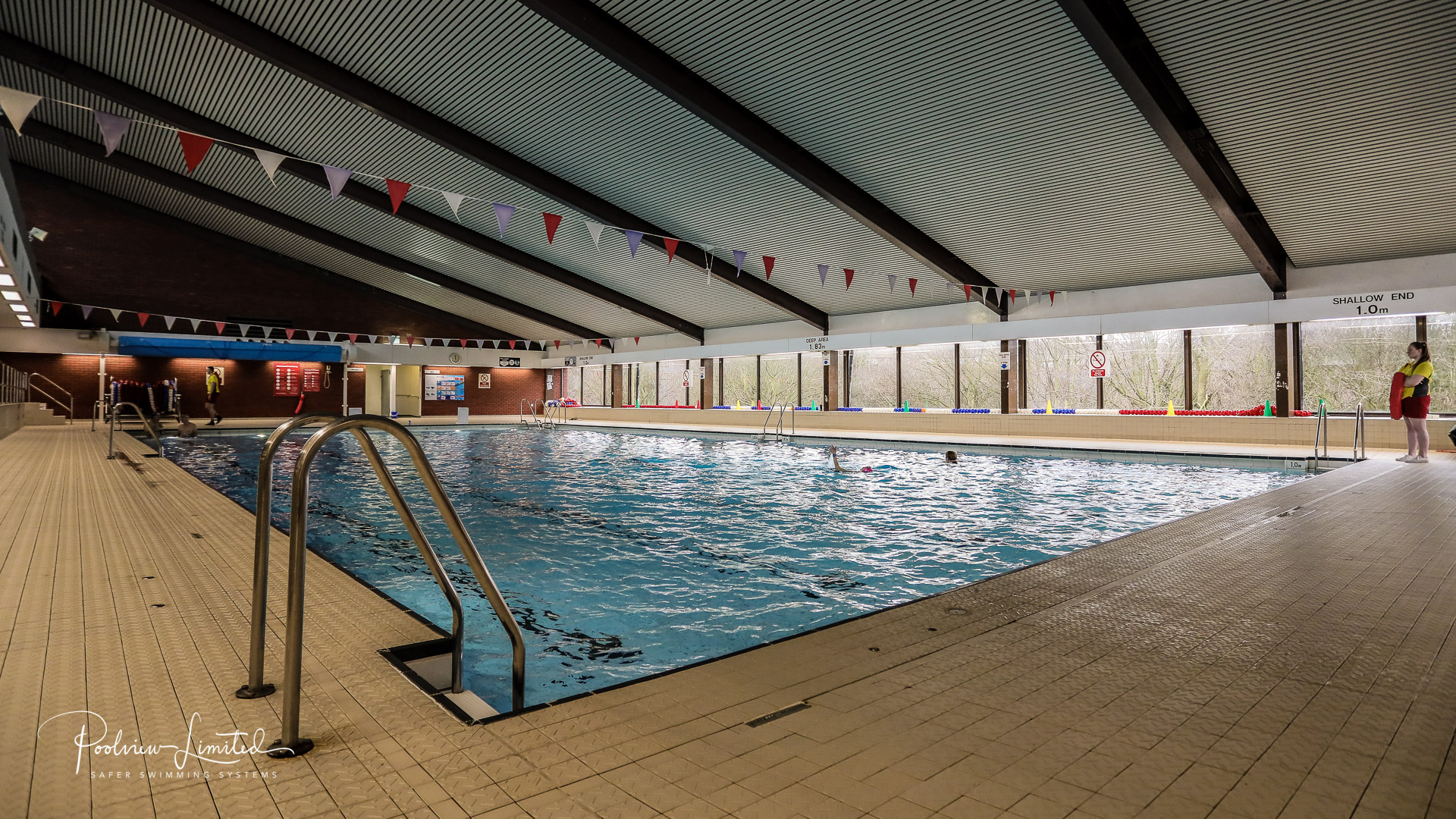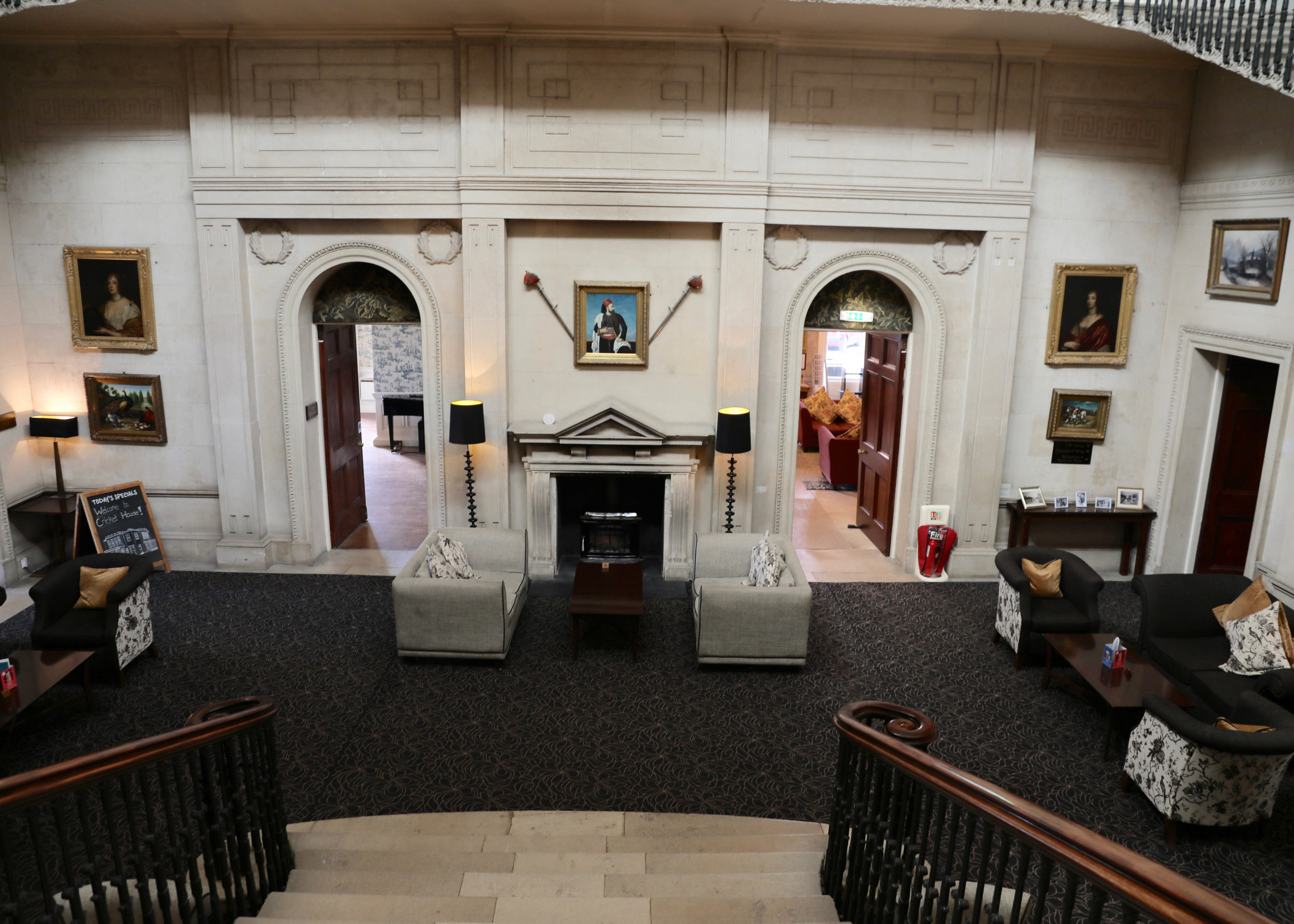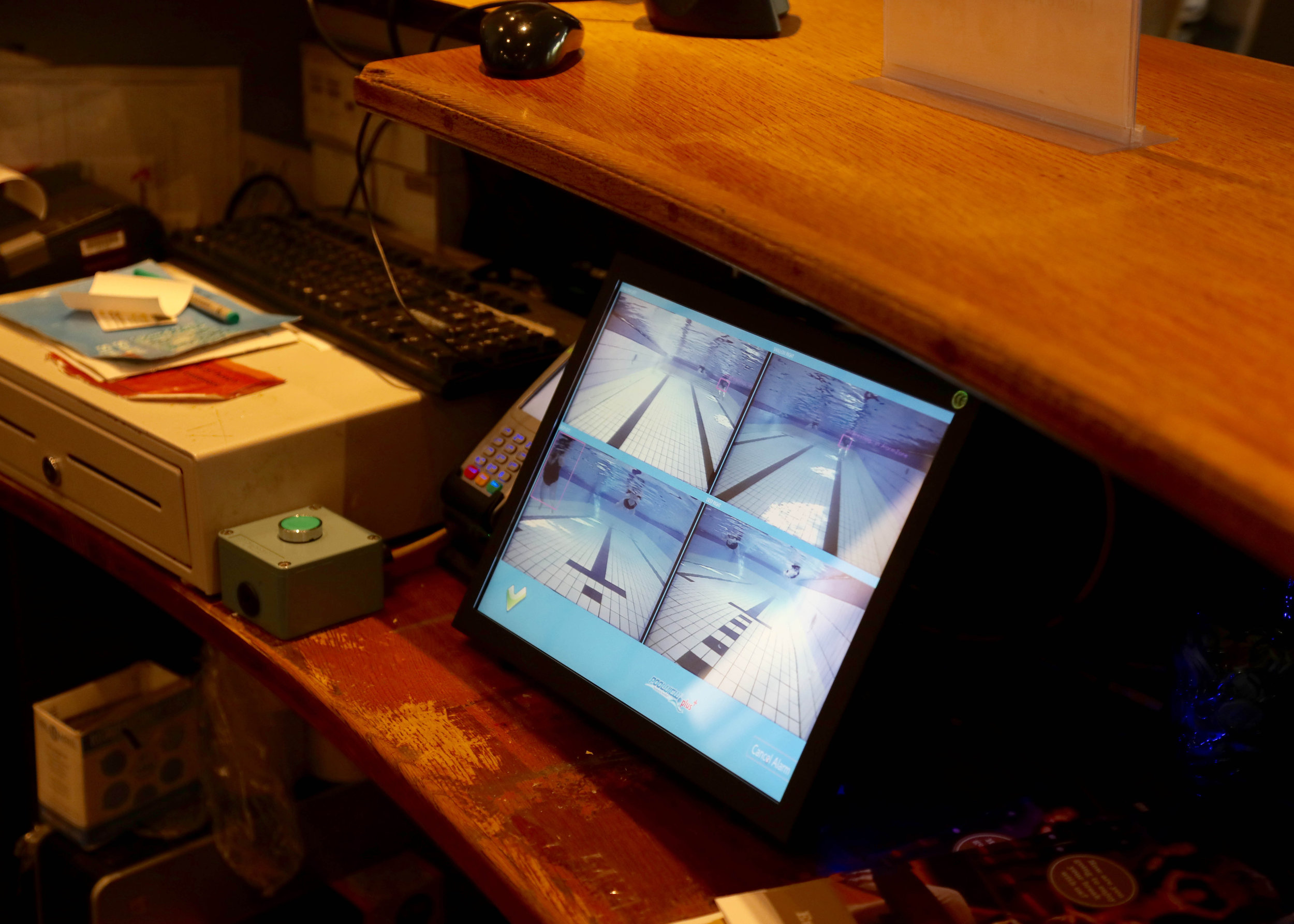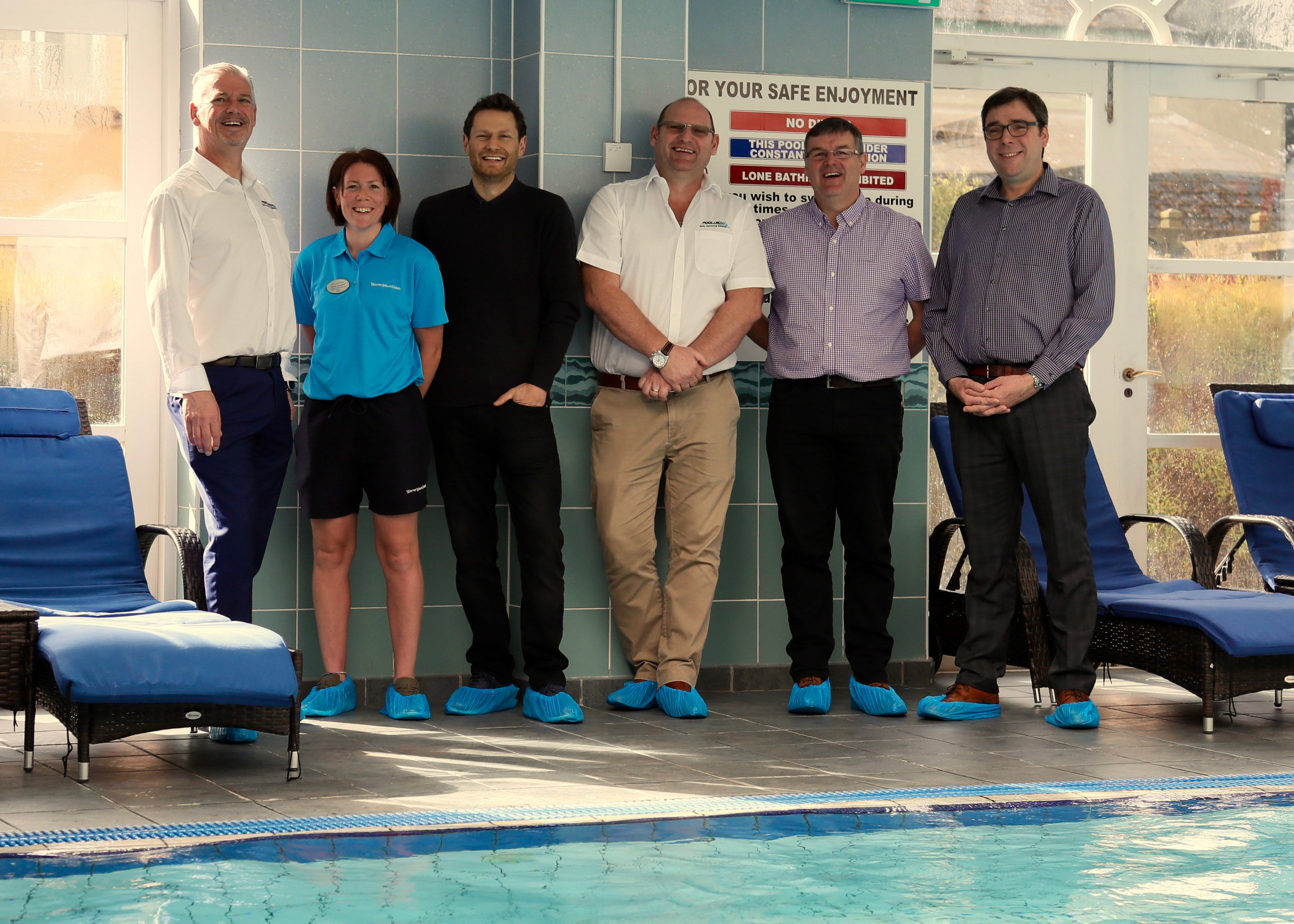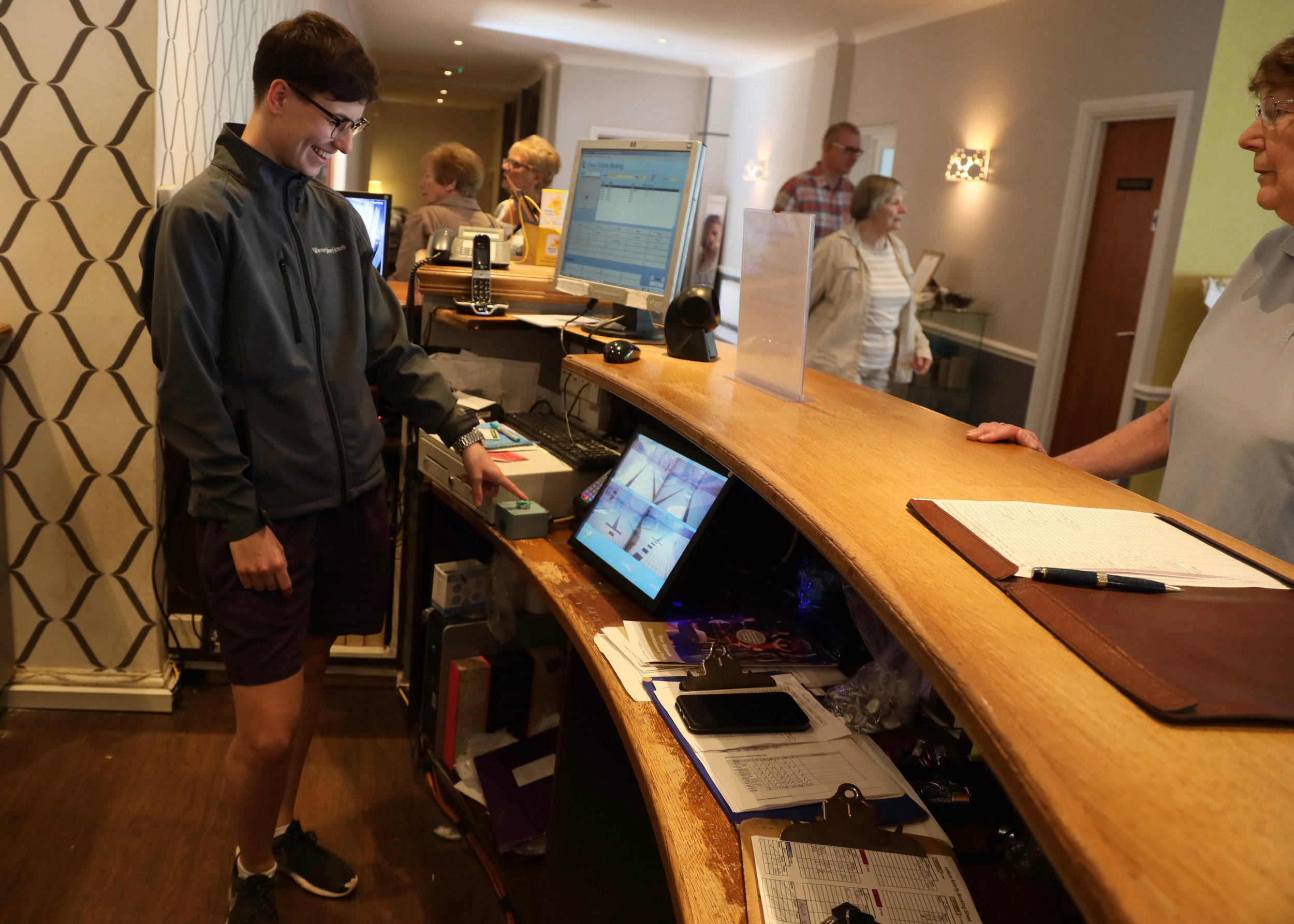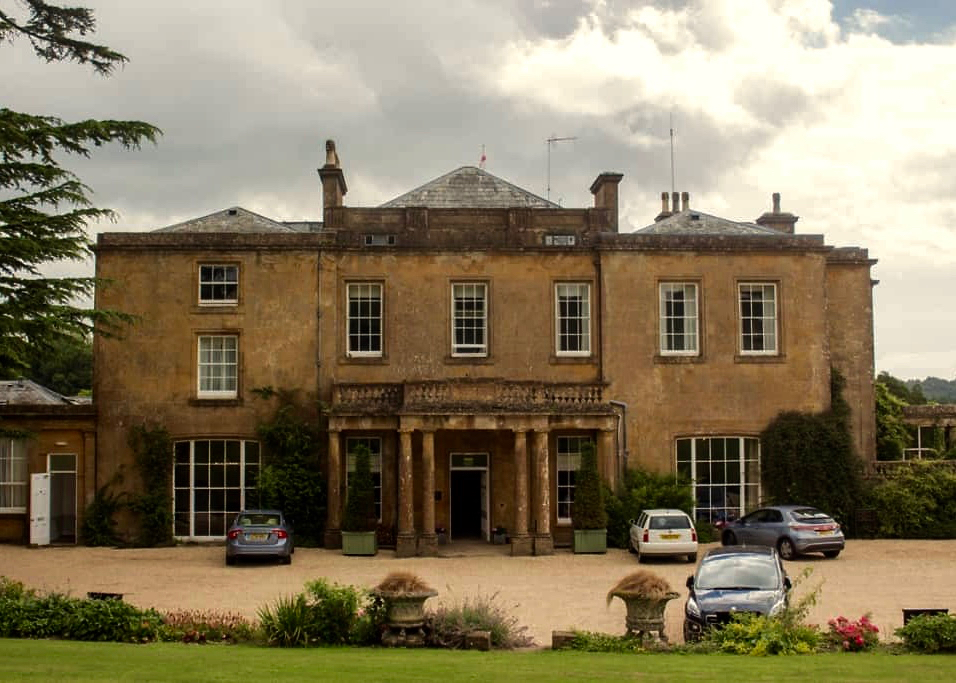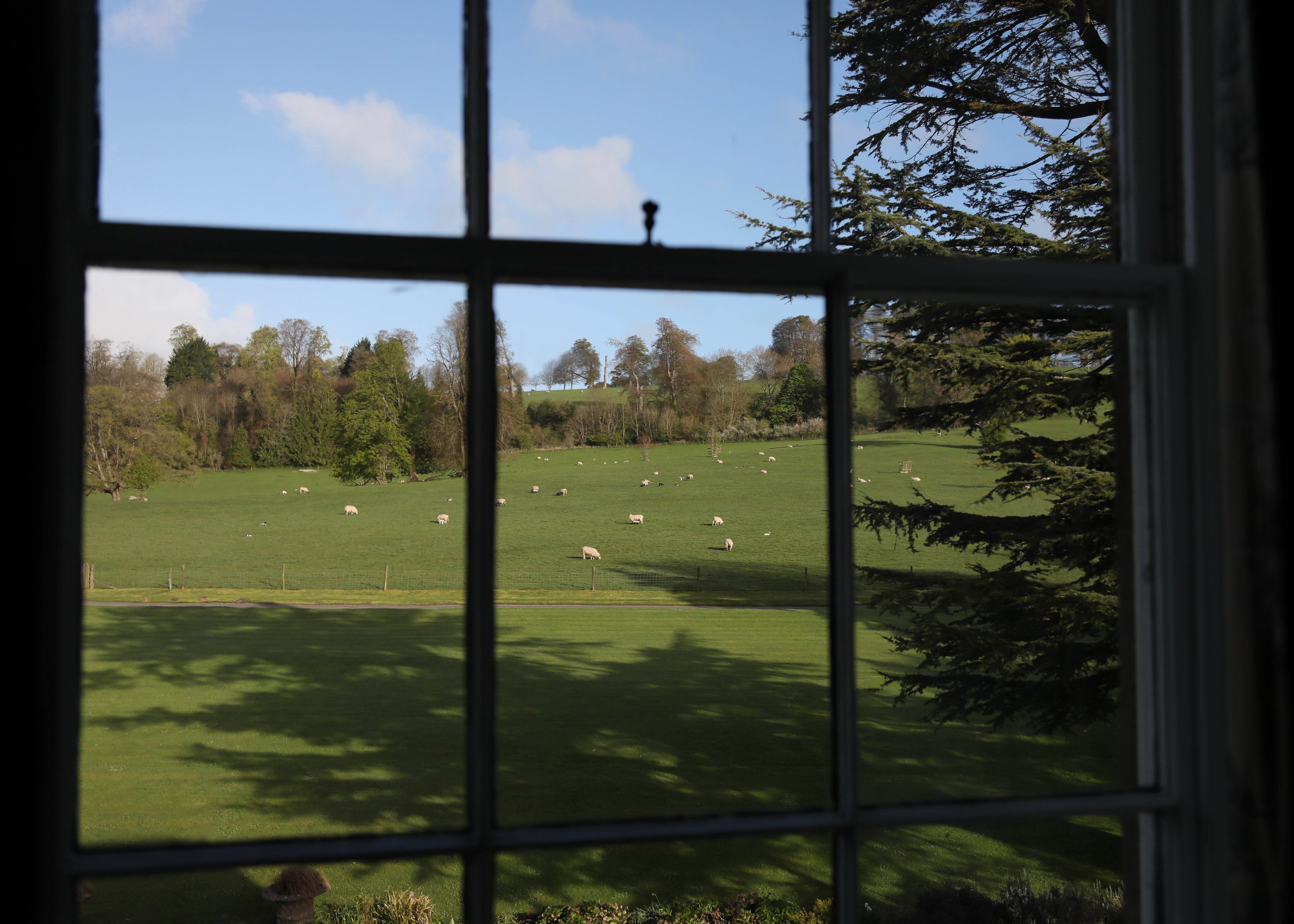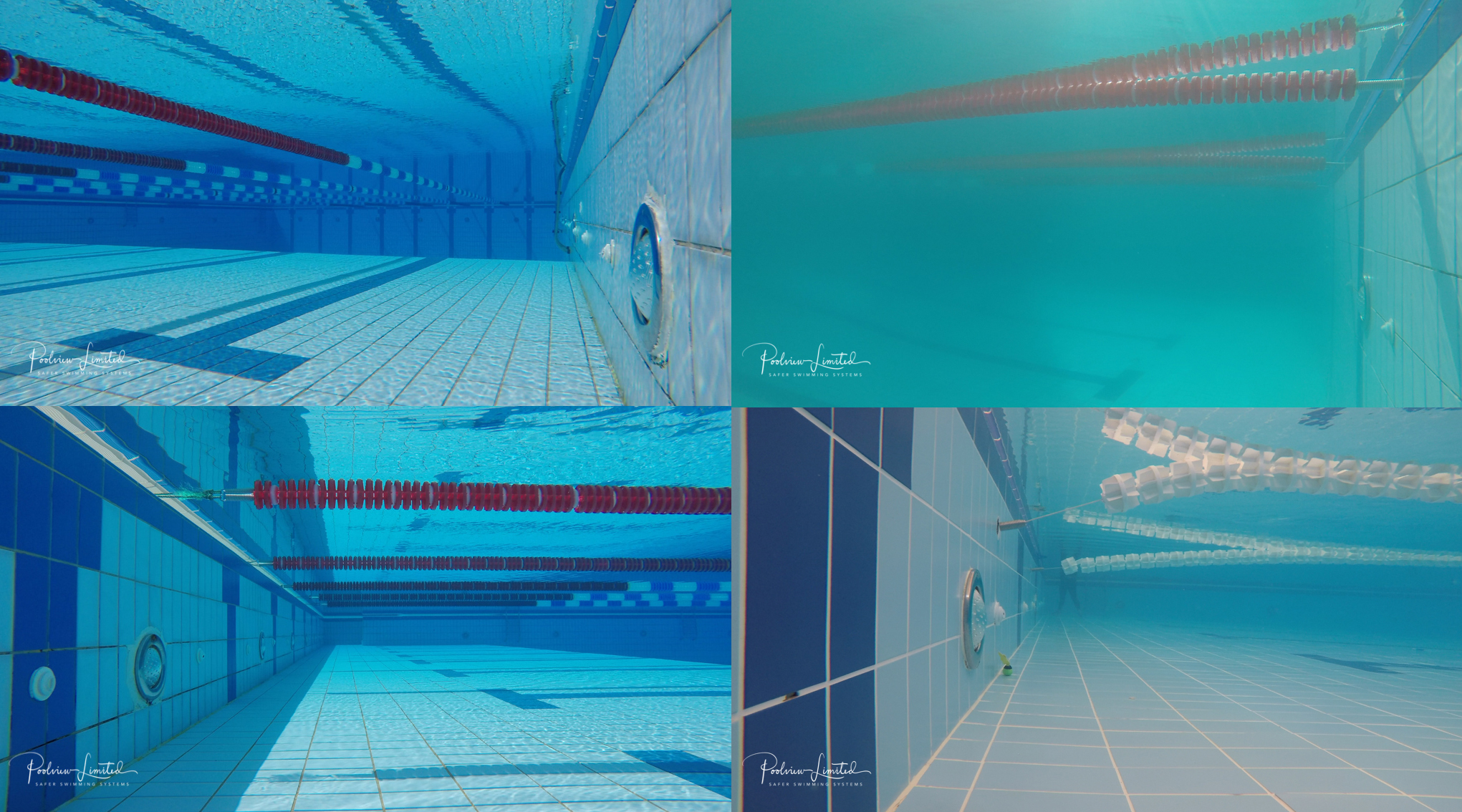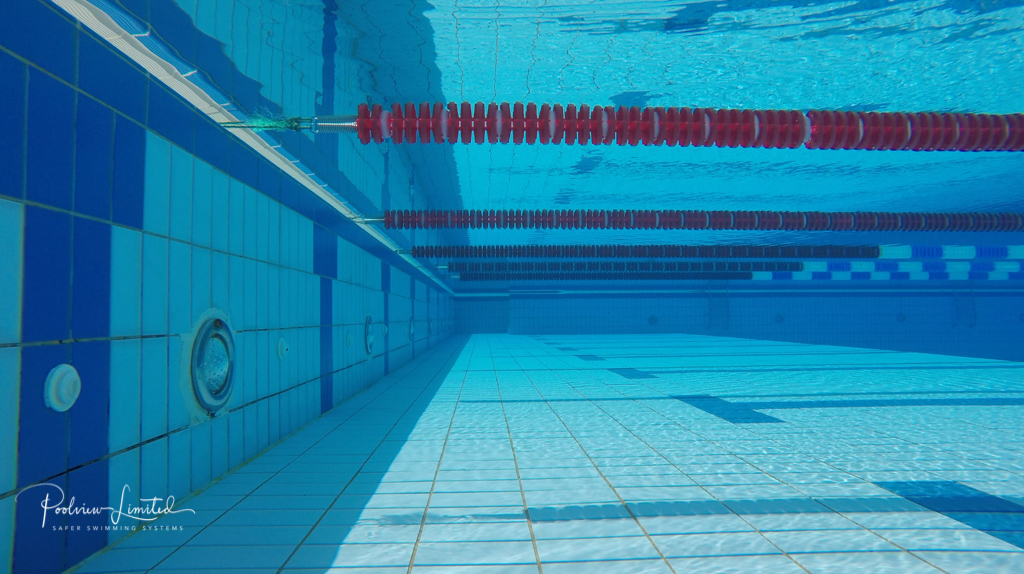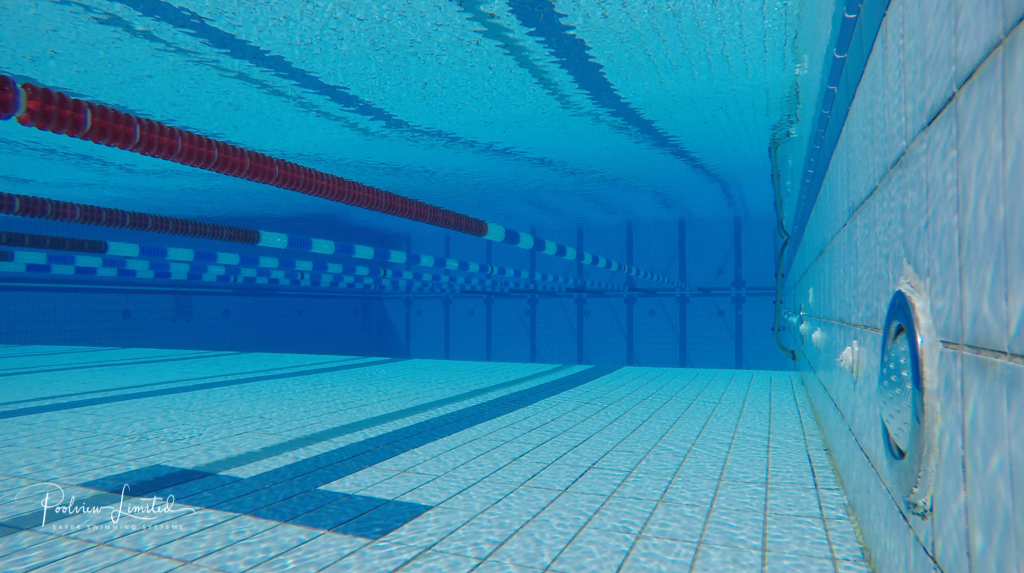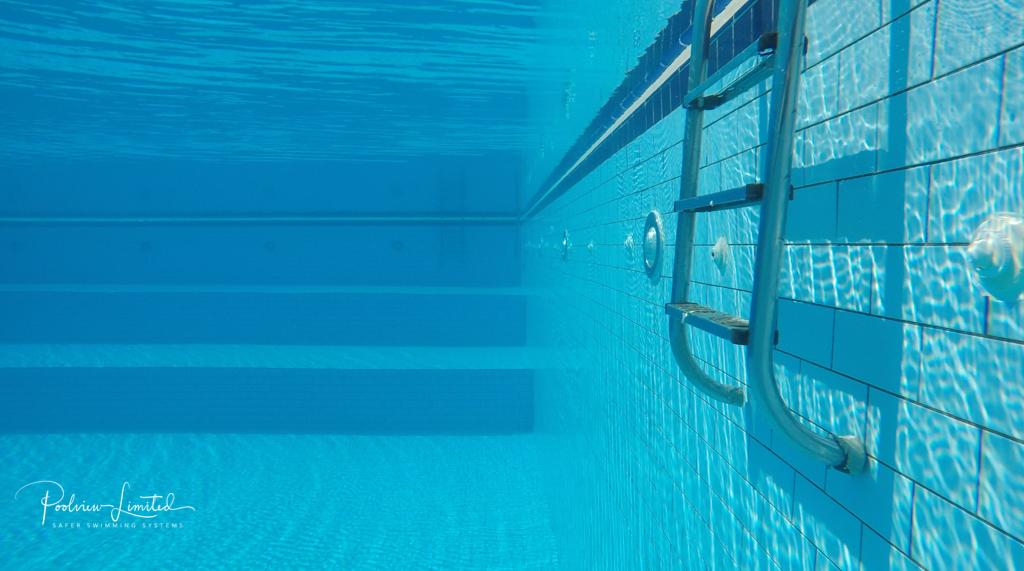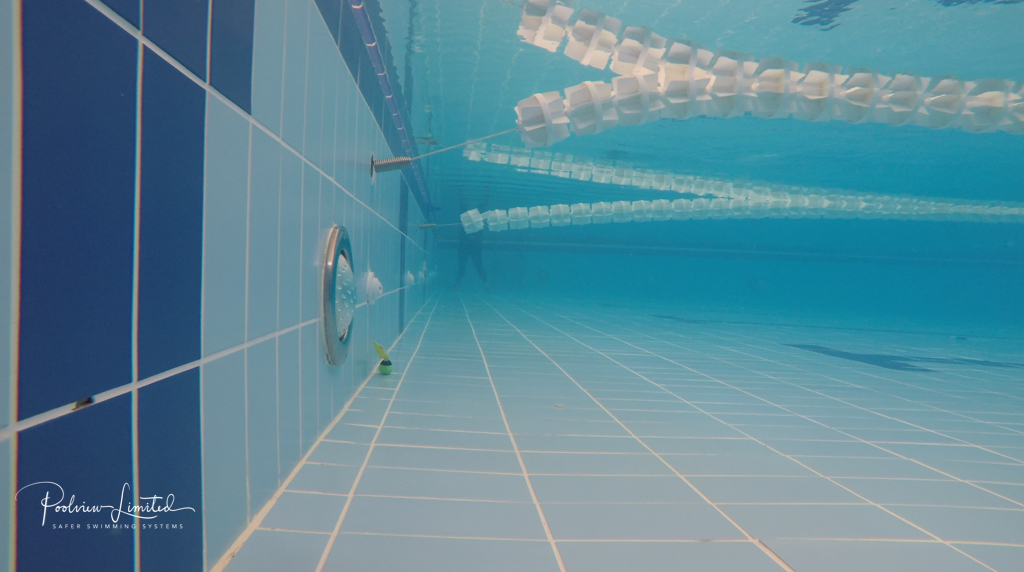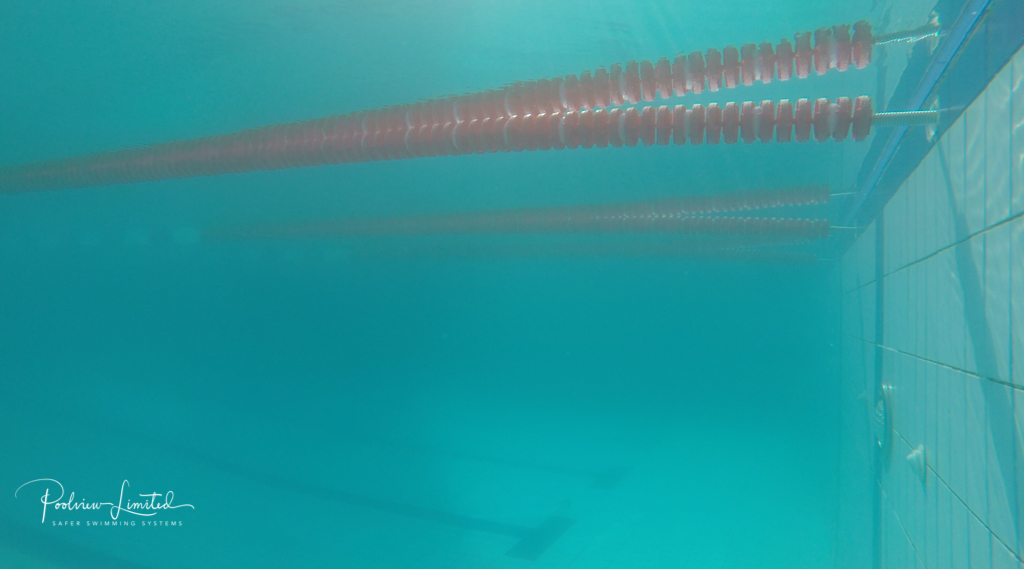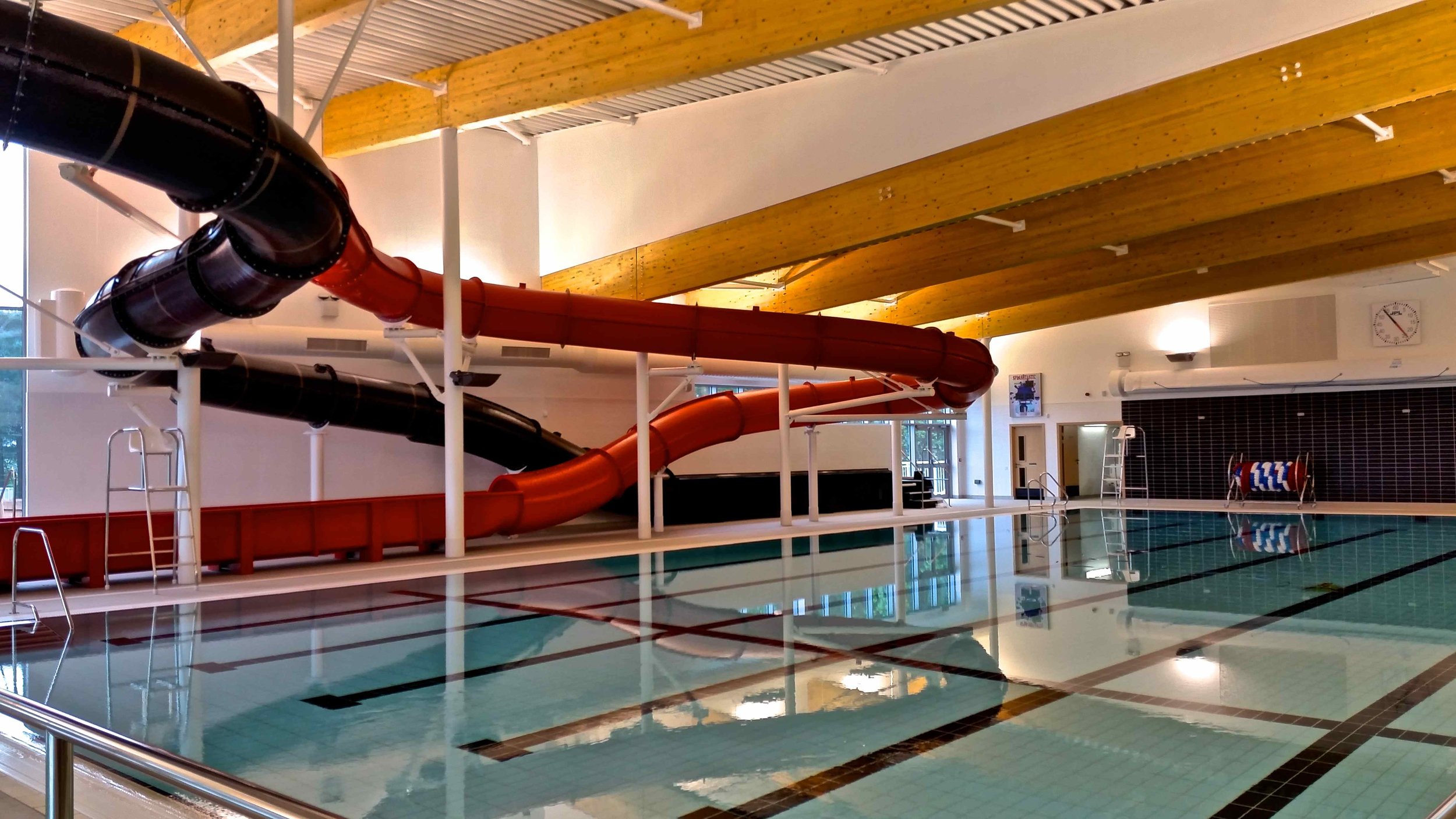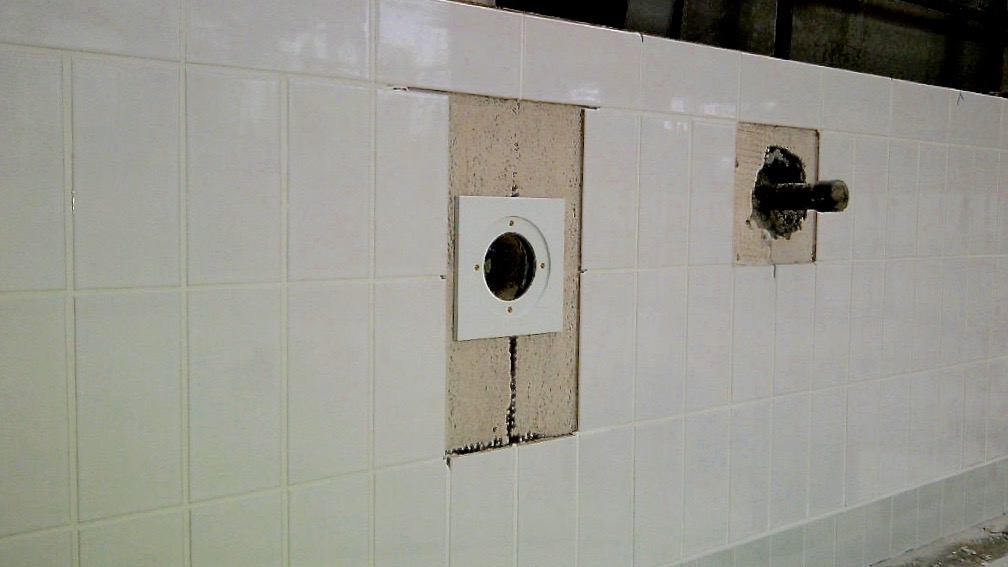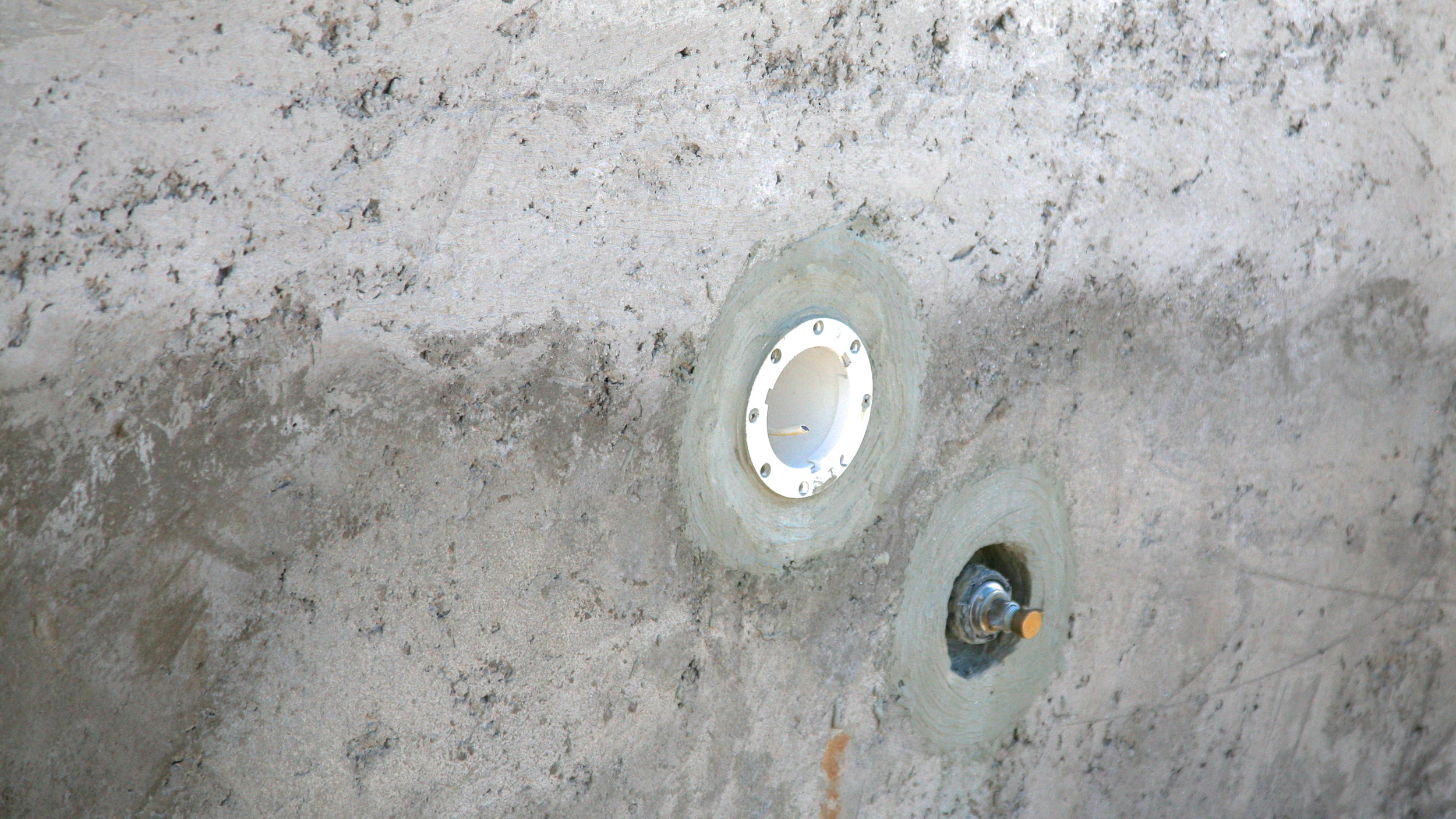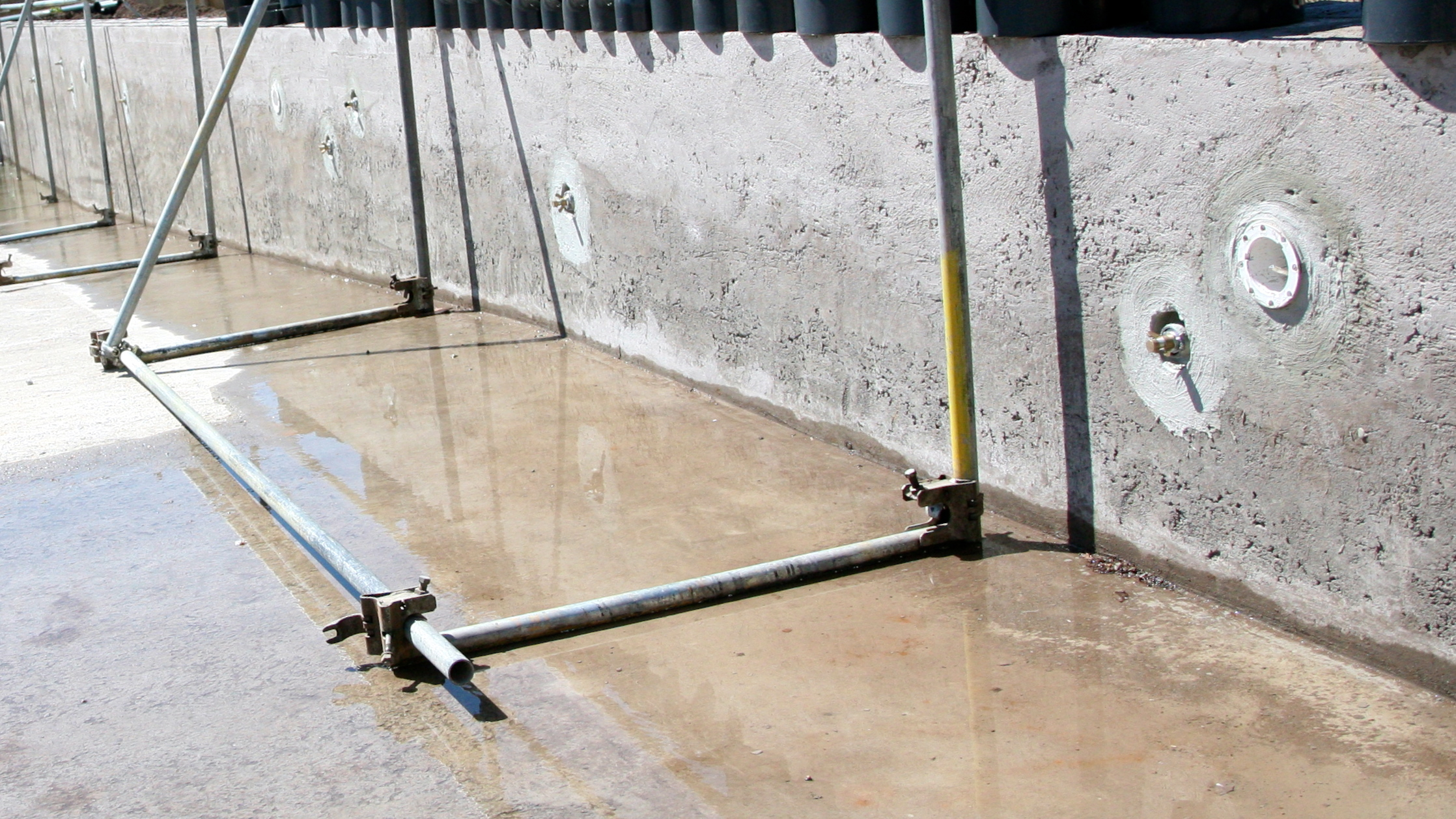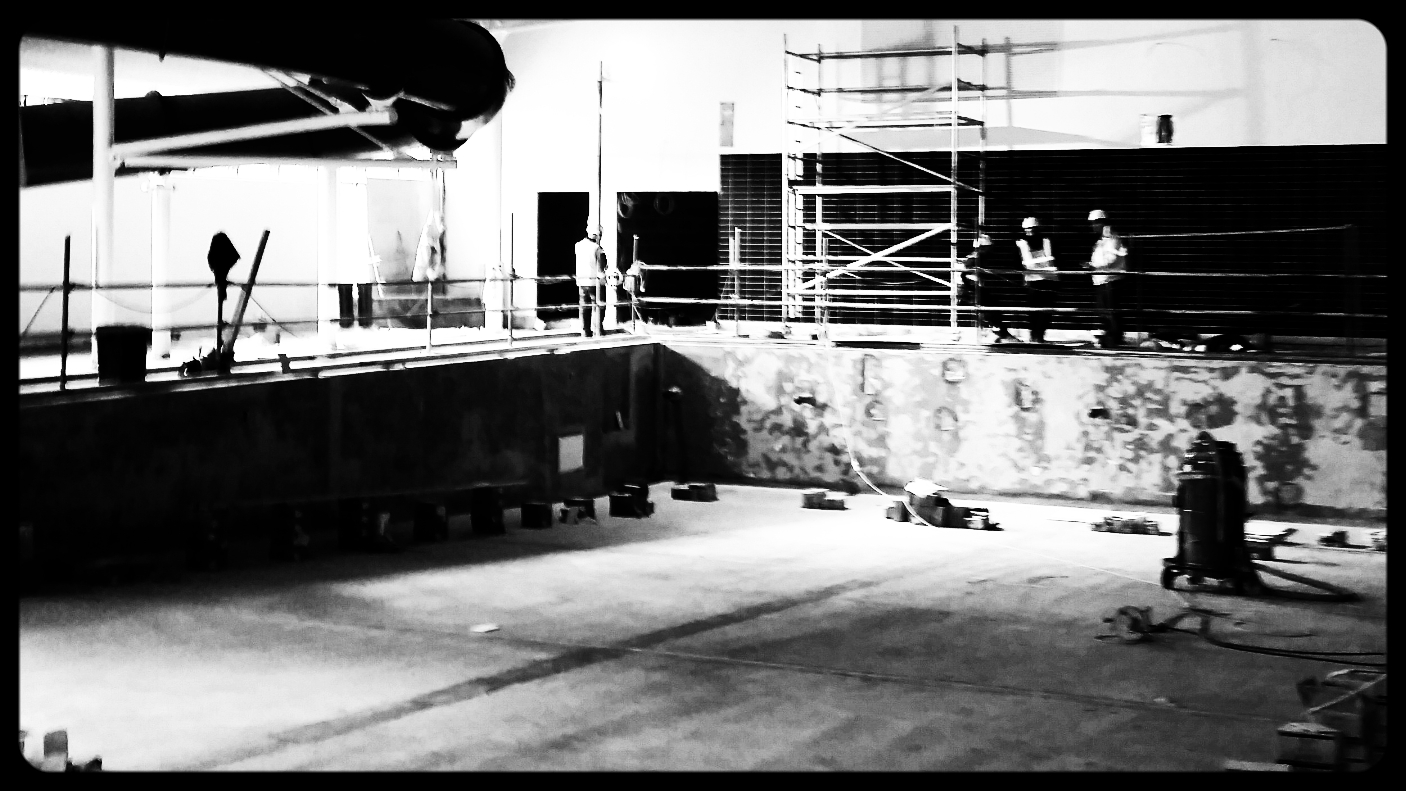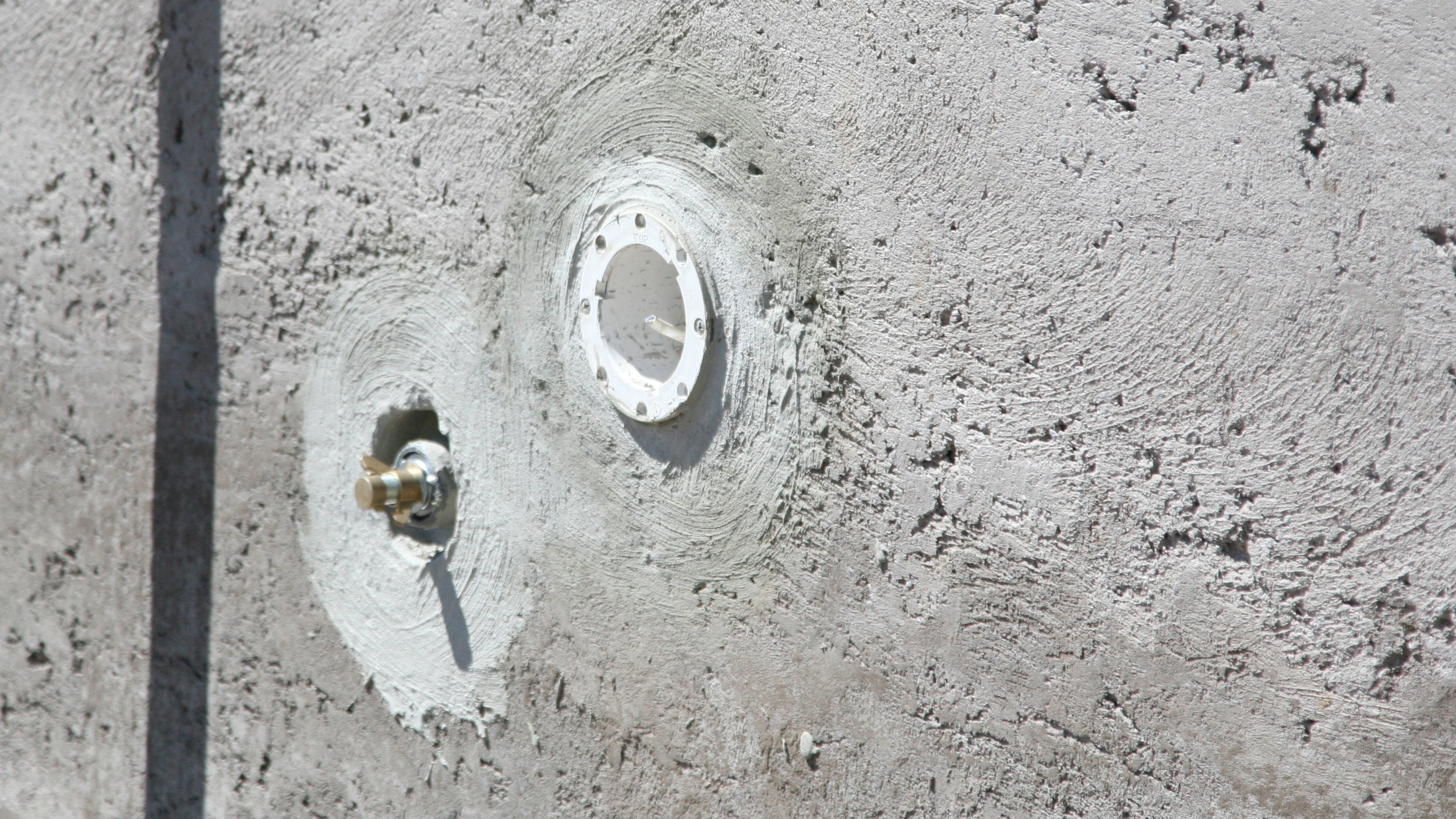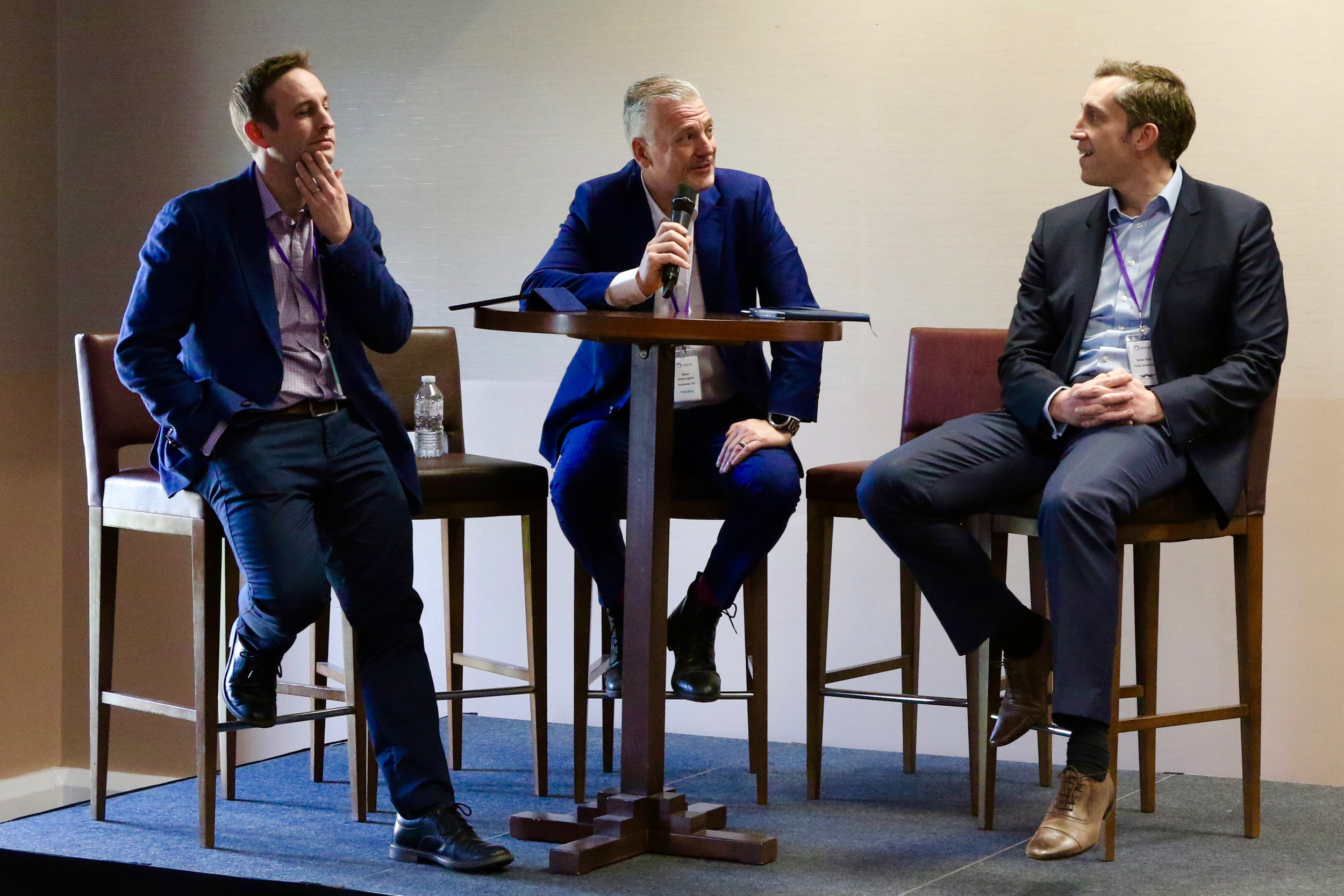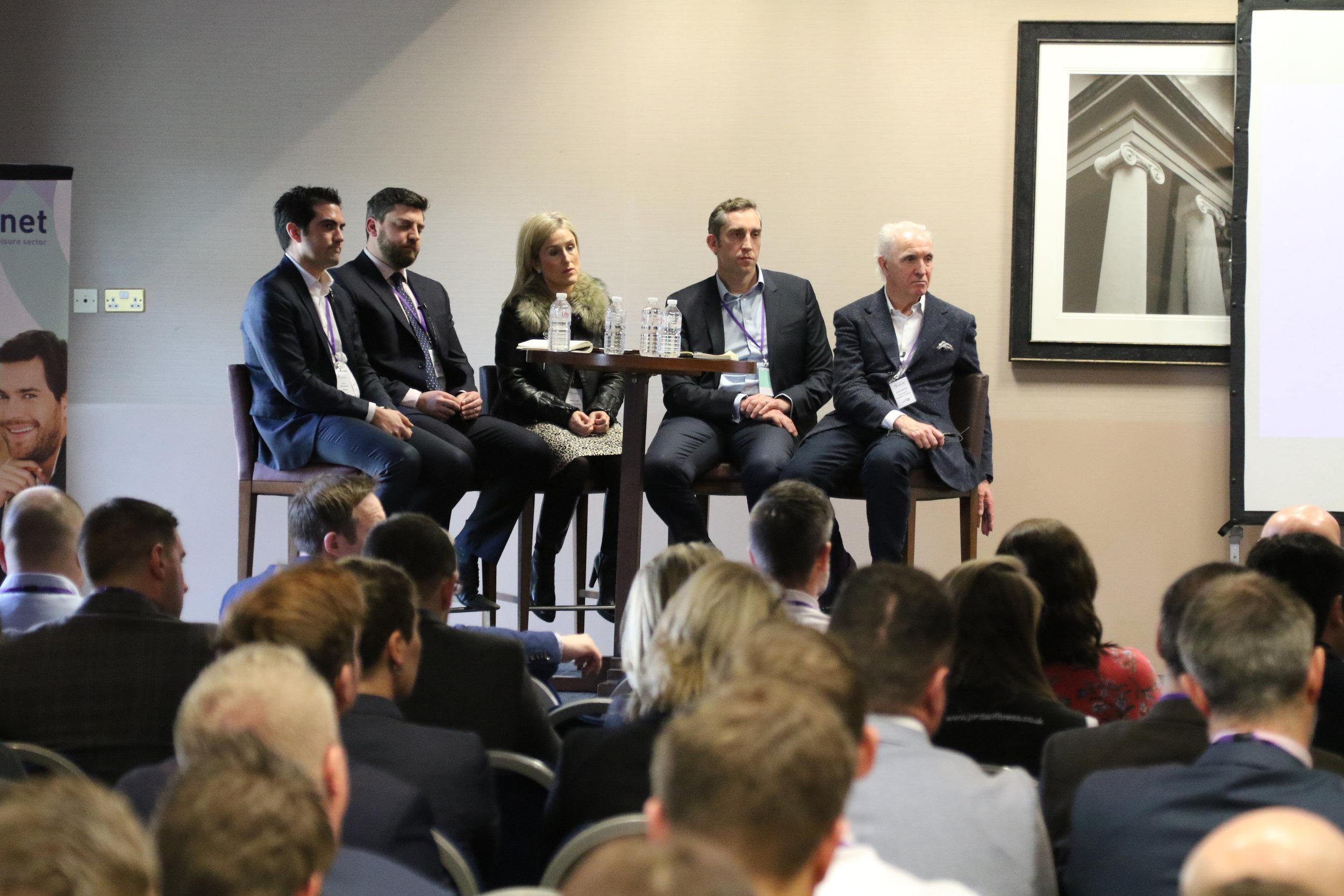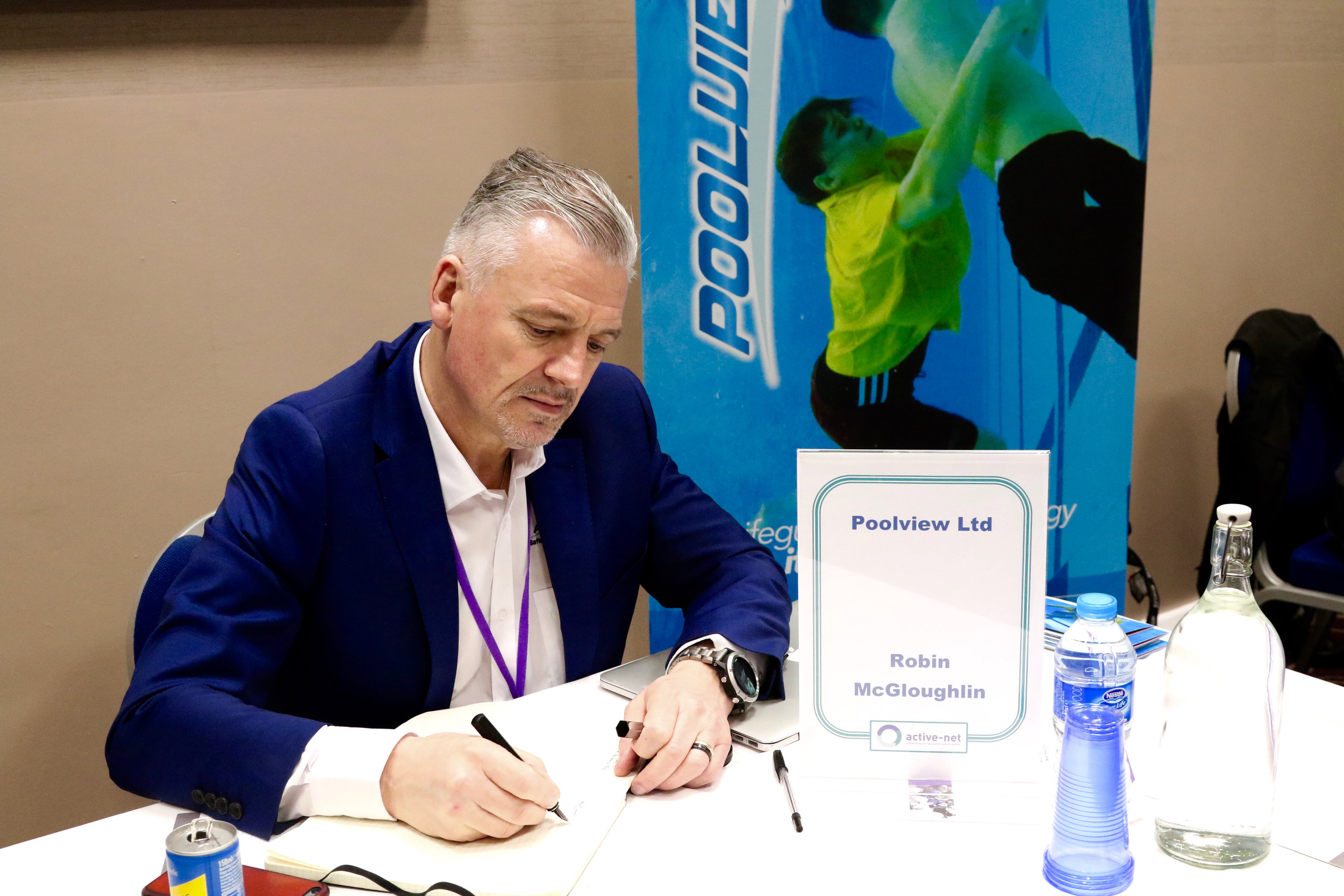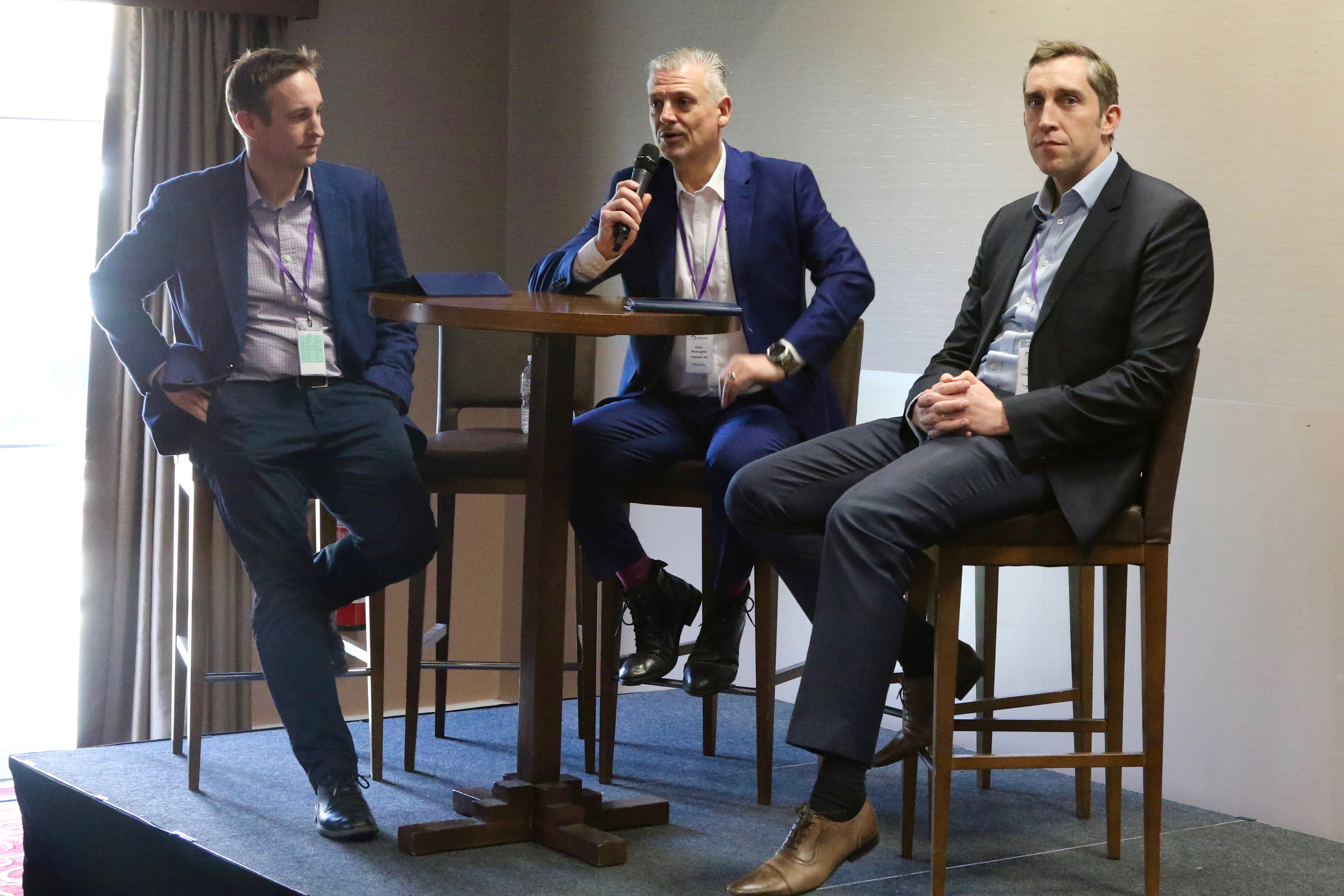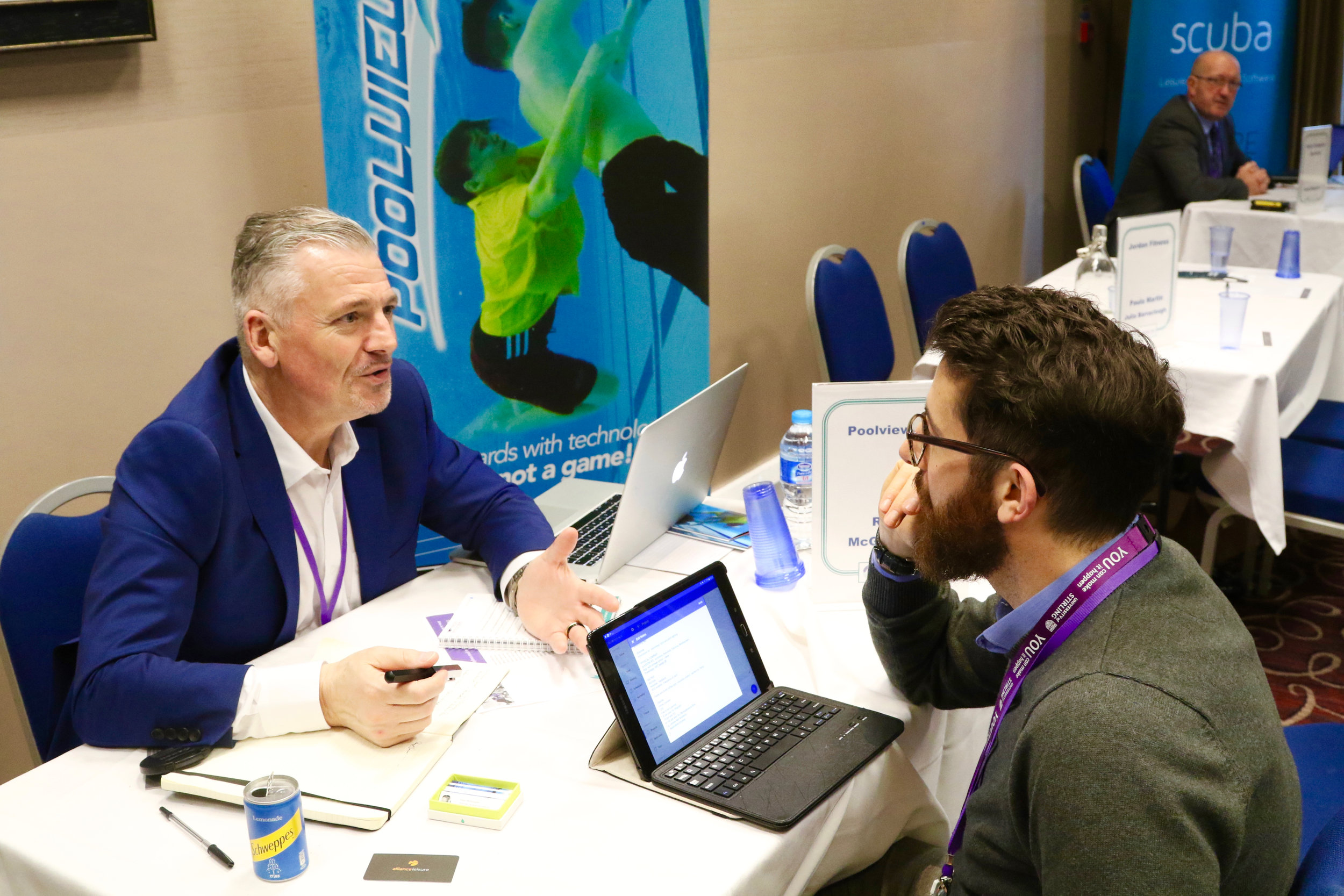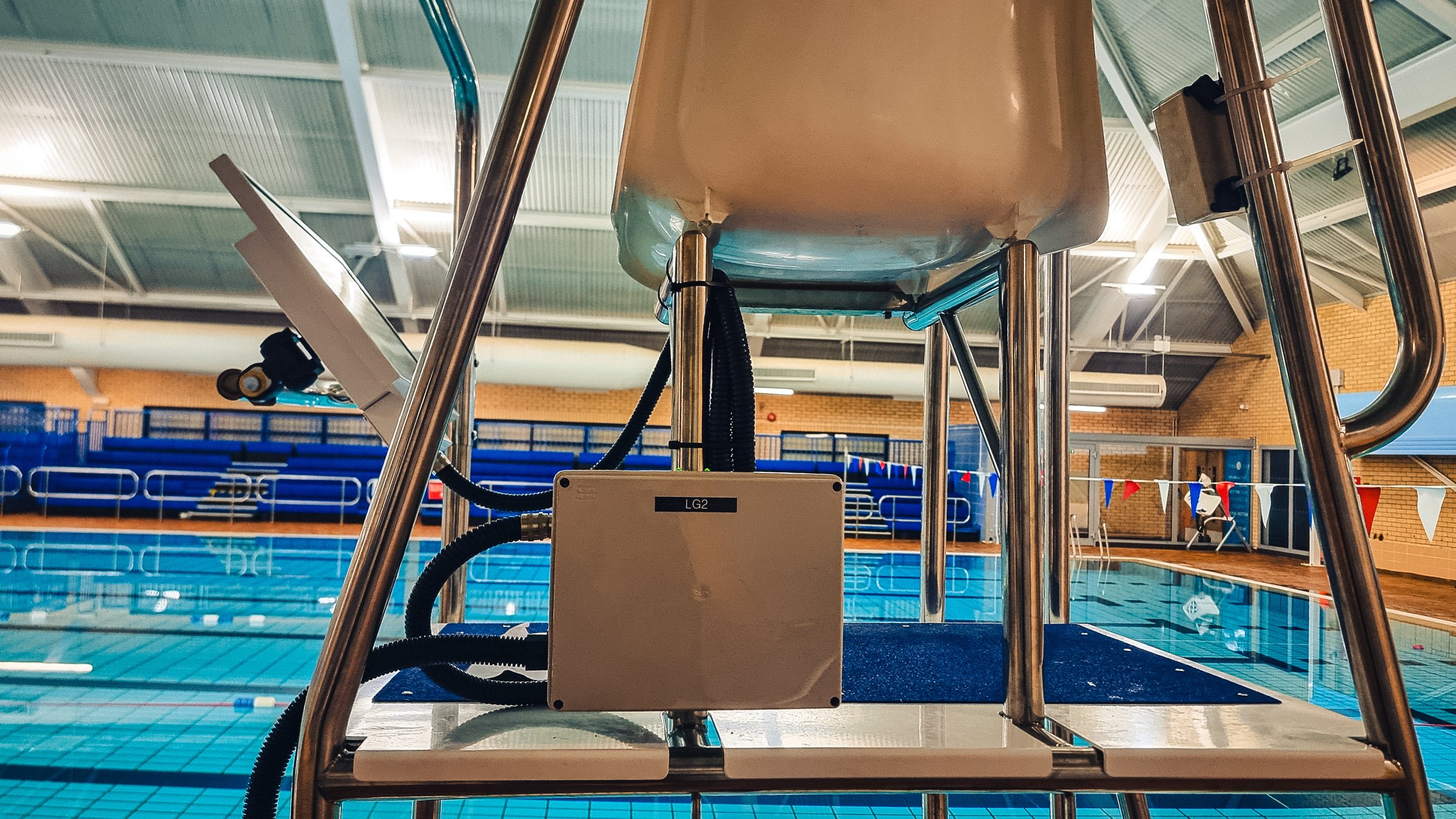By Robin McGloughlin - Business Director
There have been quite a few press articles and social comments circulating over the past few days, following a mother's complaints about one of our Poolview Plus+ Safer Swimming Systems
Part of the grievance was (and I paraphrase here) that “Giving a member of staff a screen and an ability to view people under water was an invasion of privacy, because of the nature of the activity and the clothing worn.”
In response, if I can begin with my “old lifeguard” head on....
When I was first employed as a Lifeguard back in the early 80’s, my first Supervisor was an old chap called Harry Boyle. On my first day he lectured - “every single swimmer that comes out of that changing room door, you memorise them, watch them, follow them with your eyes, count them and make sure that they get back out of the pool and into the changing room safely – that’s your job in a nutshell son!”
Part of a Lifeguards job is to watch you and keep you safe, no matter what shape, size, gender, colour or faith you are!
Lifeguarding is a very responsible job. It can also be incredibly hot and boring. Sometimes it is difficult to concentrate and focus. The consequences of failing to spot someone in difficulty can be devastating in many many and far reaching ways.
Whilst the professionalism and the qualifications available to Lifeguards have improved immeasurably since my time “on the deck”, the “tools” available to assist the Lifeguard with their duties have changed very little (particularly the most ergonomically unfriendly high chair). Despite this, expectations to perform at a higher more vigilant level have increased dramatically!
As one highly trusted industry colleague used to say “if you asked a Managing Director to run a company with just a pencil and a bit of paper today, you would be laughed “out of court” – yet we have expected our Lifeguards to perform with the hypothetical “pencil and paper” and match these ever evolving standards and more complex environments.
That is exactly what has driven me to push the concept of “Blended Lifeguarding”, mixing traditional Lifeguarding with new and ever improving technology. Giving the Lifeguards the assistance they need to try and help prevent a tragedy!
Whilst a lay person may not fully appreciate it, the environment given to Lifeguards in which they are expected to perform their duties is more often that not far from ideal.
Have you ever tried to identify what is going on through water turbulence, glare or sun reflection? These are very real problems Lifeguards encounter every day thanks to the design and build of many swimming pools. The only real way to overcome these problems is to install a technological solution, Or..... you could brick up the windows and only allow 10 swimmers into a pool at any one time… but I’m pretty sure that doesn’t meet the standard of what health and safety folk define as ‘reasonably practicable’.
One person's invasion of privacy will be another person's salvation!
What we don’t hear about is when one Lifeguard uses his/her bit of Technology to “see” something that they might have, would have or could have been missed. This very interaction may well have stopped a “chain of events” dead in its tracks and life carries on as normal – we will just never know that a tragedy had just been averted.
Drowning Detection and Prevention Technology is here to stay. Drowning in a public pool is NOT a “help me, save me” TV rescue drama. It is silent, quite unremarkable occurrence, often triggered by an unsuspecting medical event, with consequences which are simply deadly. Every assistance we can give to both the Lifeguards and Swimmers can only be a positive.
The camera systems in swimming pools are not security systems. They don’t recognise faces nor number plates, they aren’t analysed by individuals in a dark room – they are simply additional eyes for lifeguards to try and help keep you and your family safer.
When I was a Leisure Centre Manager at the turn of the century, I installed an old video tape underwater camera system. I let people know at reception that they were now entering the “safest” pool in Ireland.
If anyone complained or made an issue, I very politely explained that my Lifeguards were paid to watch them and keep them safe. I further explained that the cameras gave my Lifeguards an un-compromised view of below water swimmer activity and their behaviour, which in turn would reduce the risk of anything untoward occurring. I also stated that all the recorded images could not be accessed by unauthorised staff, it was under lock and key and would only be viewed following an incident and that it would also only be retained for a week.
If they still didn’t like it – I suggested they try swimming somewhere else in a pool that wasn’t just quite as safe!





